15 Brands Migrate From Magento To Shopify Plus PT.1







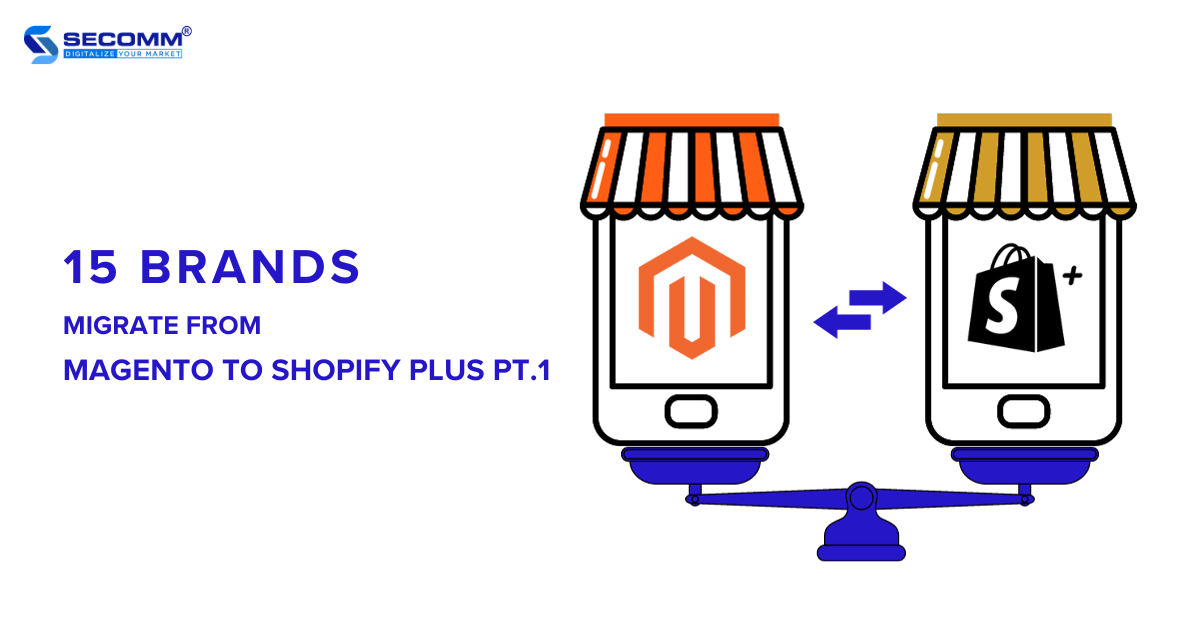
Magento is known as the ‘golden standard’ for many eCommerce businesses. With its scalability and flexible customization, Magento can provide a unique shopping experience.
However, the complexity of deploying, managing, and maintaining the system has led many brands to step out of the ‘Magento world’ in search of more optimal solutions. Shopify Plus is one of the popular choices today for streamlining the migration.
Let’s delve into why the following five brands opted to migrate from the Magento platform to Shopify Plus for their eCommerce websites, and how this strategic decision has contributed to increased conversion rates and sales.
Learn more: 15 Reasons You Should Migrate to Shopify Plus
1. Gymshark
Established in 2012, Gymshark, a renowned athletic wear retail brand, adopted Shopify Plus. However, before making the switch, the brand had built and developed its eCommerce website using Magento.
For a fashion retailer, year-end shopping seasons, especially Black Friday, represent opportunities for sales growth. Simultaneously, Gymshark’s rapid expansion since its inception required more from a platform capable of managing spikes in traffic and consistently scaling with its business objectives.
Dissatisfied with the existing system, the Gymshark team faced not only the time-consuming setup and operation but also significant costs – amounting to thousands of dollars – for repairing and maintaining the system that crashed precisely during the Black Friday event.
According to Ben Francis, the founder of Gymshark, the eCommerce website was down for about 8 hours, resulting in an estimated damage of over £100,000.
Therefore, Gymshark overhauled its platform with Plus, leveraging Shopify POS and Shopify Script solutions to bridge the gap between offline and online shopping experiences. They enhanced these shopping experiences with custom code snippets at the checkout page.
With these tools, Gymshark only needed to customize based on its specific needs and goals. In contrast, developing such features on Magento could have consumed considerable time and budget.
The platform switch to Shopify Plus helped Gymshark achieve a retail turnover of £41 million and garner over 5.1 million social media followers in 2017, propelling the business to become one of the fastest-growing brands globally.

- Website: https://row.gymshark.com/
- Industry: Fashion
- Traffic: 8.6M/month
- Ranking: 2,686 (USA) & 4,977 (Worldwide)
2. Bombas
Arising from an inspiring founding narrative, Bombas, a U.S.-based sock manufacturer and retailer, committed to donating a pair of socks for each pair sold to those facing homelessness. The company garnered successful funding on Shark Tank in 2013, capturing the interest of both investors and American consumers.
However, the joy quickly turned to dismay when Bombas secured a deal with investor Daymond John, and their Magento eCommerce website suffered not one but two crashes—first during the initial airing and then during the subsequent rerun of the episode.
Compounding the issue, the most disastrous moment for Bombas occurred when their Magento website collapsed amid the peak shopping season of Black Friday and Cyber Monday (BFCM).
The system failure hindered customers from completing transactions, resulting in Bombas incurring significant financial losses, additional expenses, and extended downtime for system repairs.
Therefore, Bombas needed a more reliable eCommerce platform that could effectively address the issues they encountered, leading them to choose Shopify Plus.
The infrastructure of Shopify Plus facilitated Bombas in effortlessly and seamlessly expanding their system. Moreover, the eCommerce website system consistently withstood the demands of major shopping events like BFCM and reruns of the Shark Tank program.
Despite the substantial cost of migrating from Magento to Shopify Plus, Bombas swiftly recovered the investment, generating $17.2 million in revenue during the first year of Shopify Plus deployment—a 300% increase compared to the same period the previous year.
The positive outcomes of transitioning to the Shopify Plus platform are evident not only in financial metrics but also in how Bombas has bolstered its reputation and image in the eyes of customers, delivering a premium shopping experience.

- Website: https://row.gymshark.com/
- Industry: Fashion
- Traffic: 8.6M/month
- Ranking: 2,686 (USA) & 4,977 (Worldwide)
3. Puravida Bracelets
In 2010, from the beaches of Costa Rica, two young entrepreneurs, Griffin Thall, and Paul Goodman, started Puravida Bracelets with a mission to collaborate and provide better income opportunities for bracelet artisans in Costa Rica and around the world.
The Puravida Bracelets story gained attention on social media as customers became curious about the close-to-nature lifestyle in South America, particularly in Costa Rica. Over time, the brand expanded its product portfolio to include necklaces, anklets, earrings, and hair ties.
Similar to many other businesses, Puravida Bracelets began its eCommerce journey with the Magento platform.
However, both Thall and Goodman were ambitious young entrepreneurs who desired rapid growth and development for their bracelet brand. Therefore, the challenge was to scale the eCommerce website system while ensuring the most optimal deployment costs.
This led Thall and Goodman to deploy Shopify Plus to find a solution to seamlessly integrate and combine various tools and applications to manage business operations more efficiently, provide a more engaging shopping experience, and increase sales.
The decision to switch from the Magento platform to Shopify Plus helped Puravida Bracelets increase retail revenue by 50% compared to the same period the previous year. Email sign-ups increased by 350%, and email revenue quadrupled compared to before the platform revamp.

- Website: https://www.puravidabracelets.com/
- Industry: Jewelry
- Traffic: 1.1M/month
- Ranking: 10,022 (USA) & 52,491 (Worldwide)
4. PittaRosso
PittaRosso is a renowned footwear retail brand from Italy with over 150 retail stores across Europe. The brand’s goal is to provide customers with an omnichannel shopping experience and implement several enhancements for its eCommerce website.
However, issues related to poor website performance, leading to suboptimal product pages on search engines, made PittaRosso hesitate before deciding to pursue the next goal with Magento. The complexity, time, and budget associated with Magento led PittaRosso to revamp its platform with Shopify Plus.
Simultaneously, they implemented a headless architecture for the eCommerce system and redesigned the SEO architecture and content strategy.
The footwear brand customized the frontend and integrated the CMS platform into the Shopify Plus backend to improve page loading speed, user experience, and SEO results. PittaRosso’s strategic shift coincided with the significant growth of eCommerce spurred by the Covid-19 pandemic, boosting the business’s eCommerce sales in 2021.
By 2022, the sales figures even surpassed expectations, with a 37% increase in net profit compared to the same period the previous year.
Building on this success, PittaRosso implemented payment integrations and automation to optimize multichannel sales operations and the overall shopping experience.
Re-platforming from Magento to Shopify Plus helped the business maintain a steady annual increase in conversion rates, sales, and notably, Black Friday Cyber Monday (BFCM) sales.
Learn more: What is Headless Shopify?

- Website: https://www.pittarosso.com/it
- Industry: Retail
- Traffic: 942.1K/month
- Ranking: 1,107 (Italy) & 48,288 (Worldwide)
5. International Military Antiques (IMA)
After six years of using Magento, the world’s largest retailer of military surplus and collectibles, IMA, fell victim to a hacker attack that resulted in the theft of a considerable amount of customer credit card information.
This incident led to IMA facing substantial fines from VISA, and Alex Cranmer, the Vice President of IMA, criticized Magento for its delayed notification to merchants about this security vulnerability.
IMA spent over $50,000 and three months rectifying security flaws in its system. Shortly after, Magento announced the discontinuation of support for older versions, implying that IMA needed to upgrade to a higher version, incurring potentially tens to hundreds of thousands of dollars in expenses and an extended timeline for completion.
In response, IMA decided to replatform from Magento to Shopify Plus, seeking a more secure solution for IMA’s system and enhancing the customer experience. Besides security and customization, some unique solutions such as Shopify Flow and LaunchPad significantly boosted IMA’s profit margins.
The costs associated with platform usage, maintenance, operations, and updates were notably reduced compared to deploying Magento.
Cranmer admitted to being complacent, thinking that Shopify was only suitable for individuals selling a small volume of products.
However, the Plus version surprised him with its specialized solutions and features designed explicitly for large, unlimited-growth businesses on their journey.

- Website: https://www.ima-usa.com/
- Industry: Military Antiques
- Traffic: 428.5K/month
- Ranking: 24,197 (USA) & 102,517 (Worldwide)
Ready to migrate from Magento to Shopify Plus?
Here are five brands that have witnessed a remarkable change in sales by migrating to Shopify Plus. An important point to note is that while Magento provides high scalability and customization, the process demands a substantial budget and an extended deployment timeline.
Additionally, there is a need for technical expertise to determine when and how the system should expand. Sometimes, businesses may even face security vulnerabilities, as in the case of IMA.
On the other hand, Plus provides flexible customization with optimized costs, a faster time to market, and simplified maintenance and updates, following the platform’s rules.
Through accumulated experience in numerous eCommerce platform migrations, SECOMM is not only a solution provider but also a reliable partner for every business on its eCommerce journey.
Contact SECOMM or call directly on the hotline (028 7108 9908) for professional advice on planning the migration from Magento to Shopify Plus, unlocking unlimited development opportunities in the digital age.






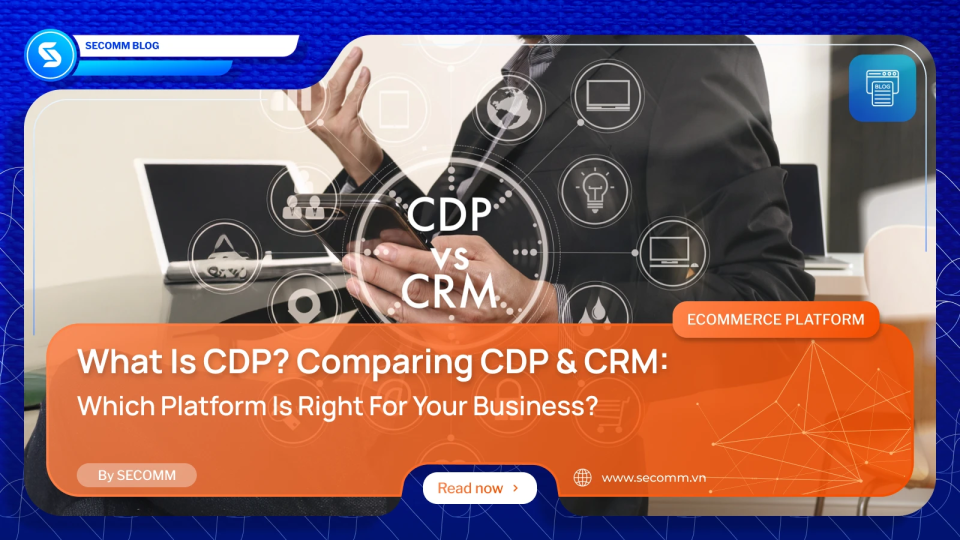
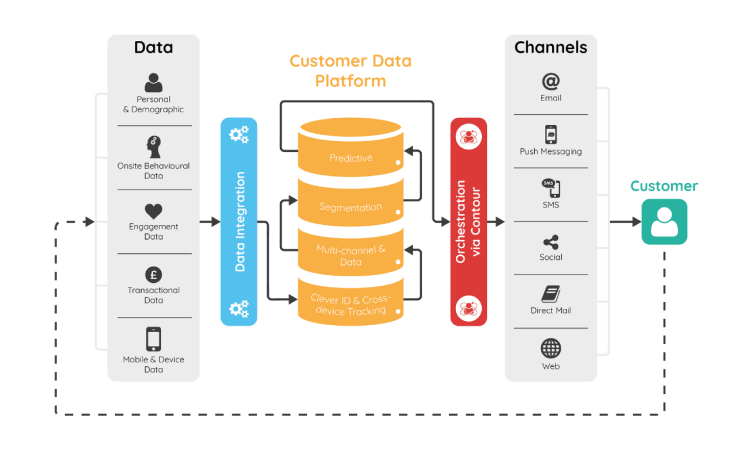
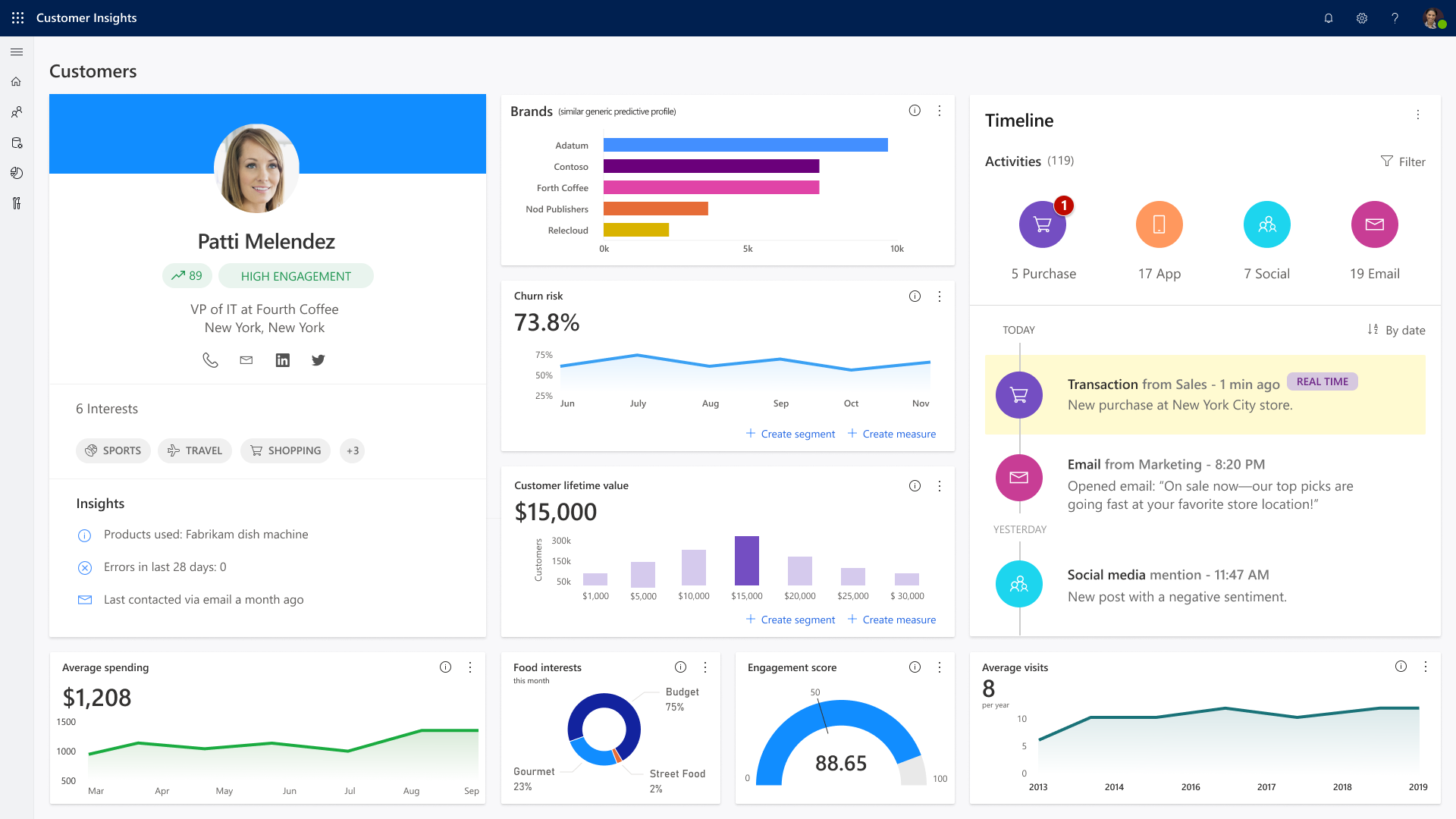

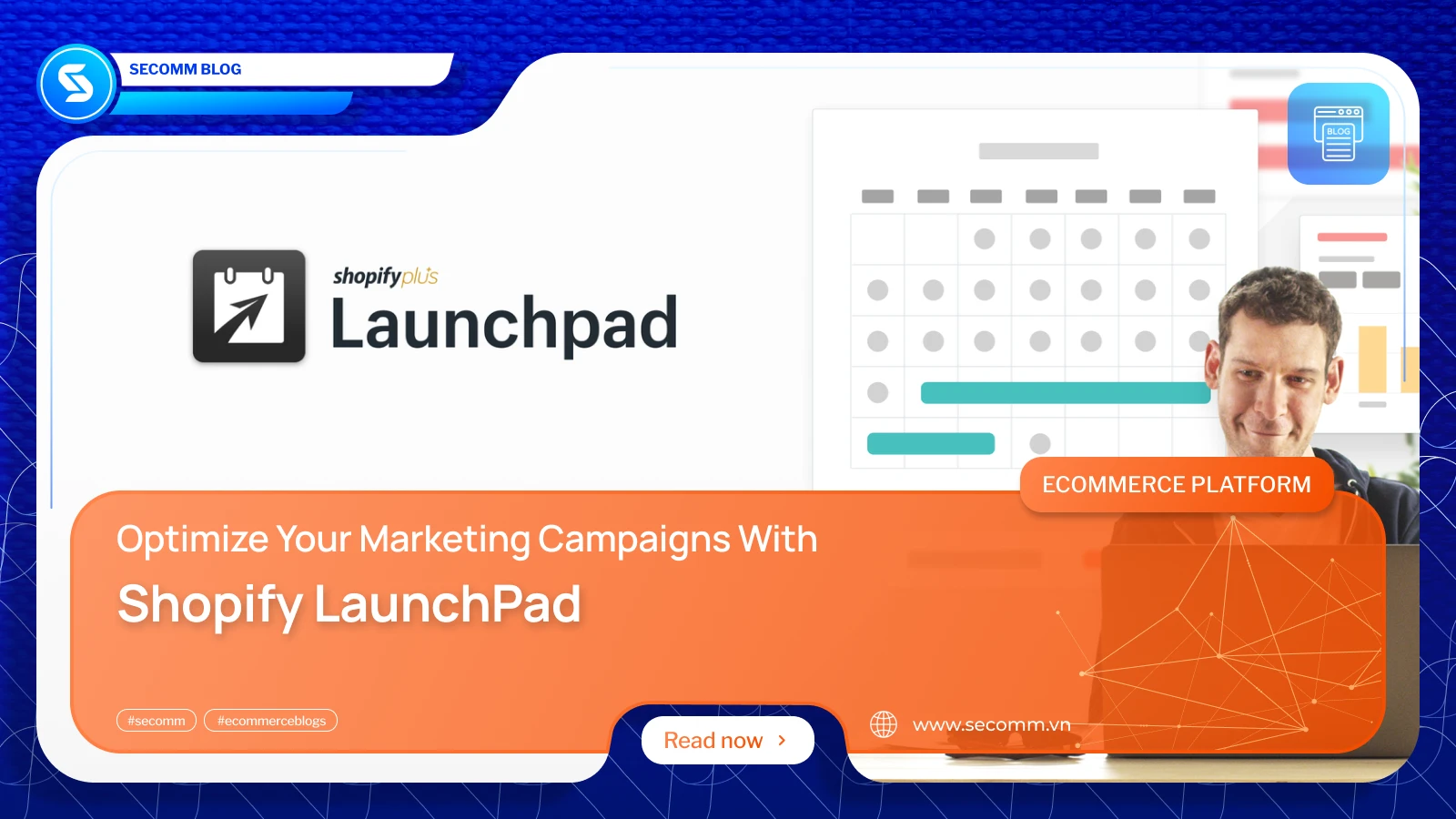

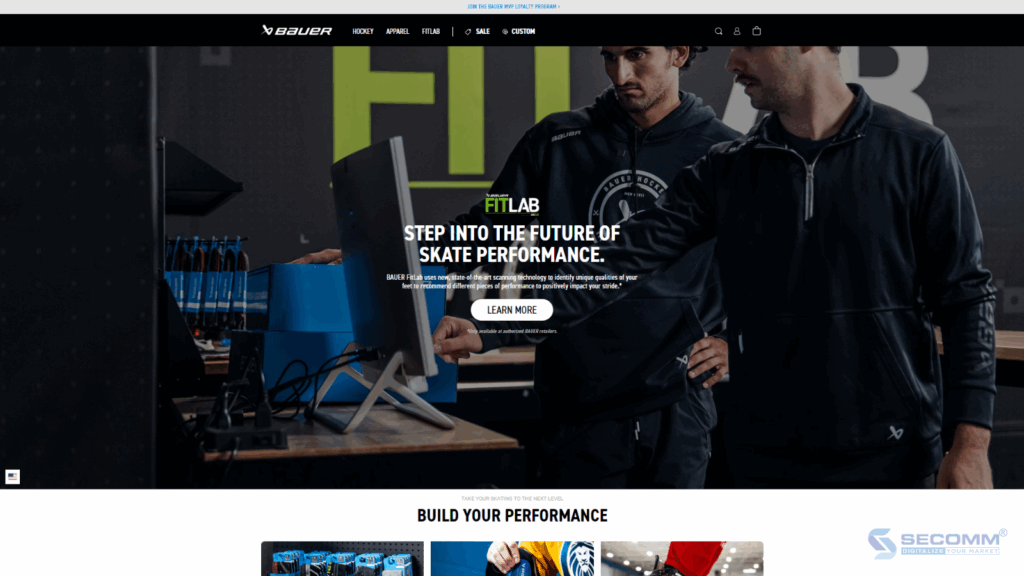
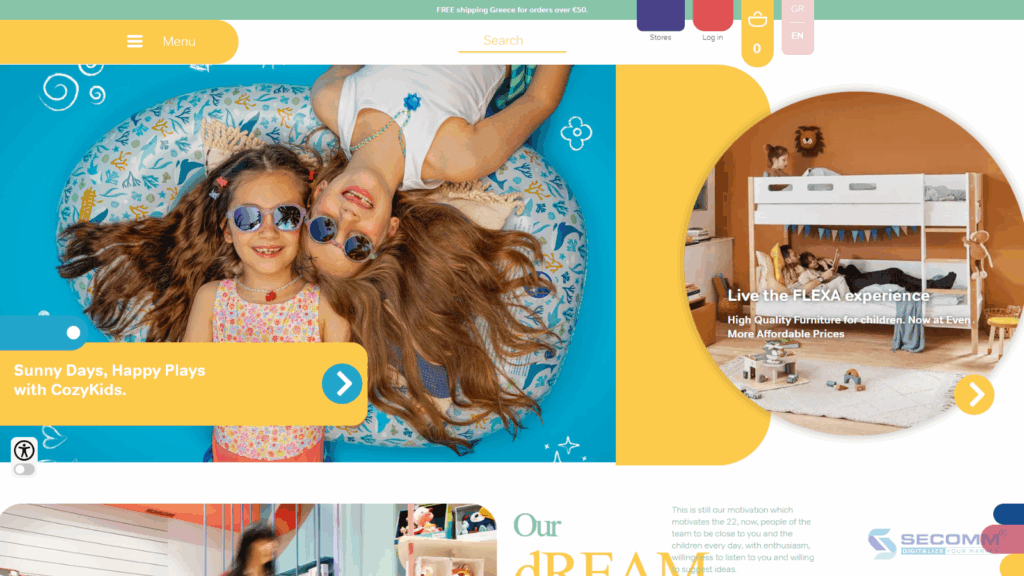
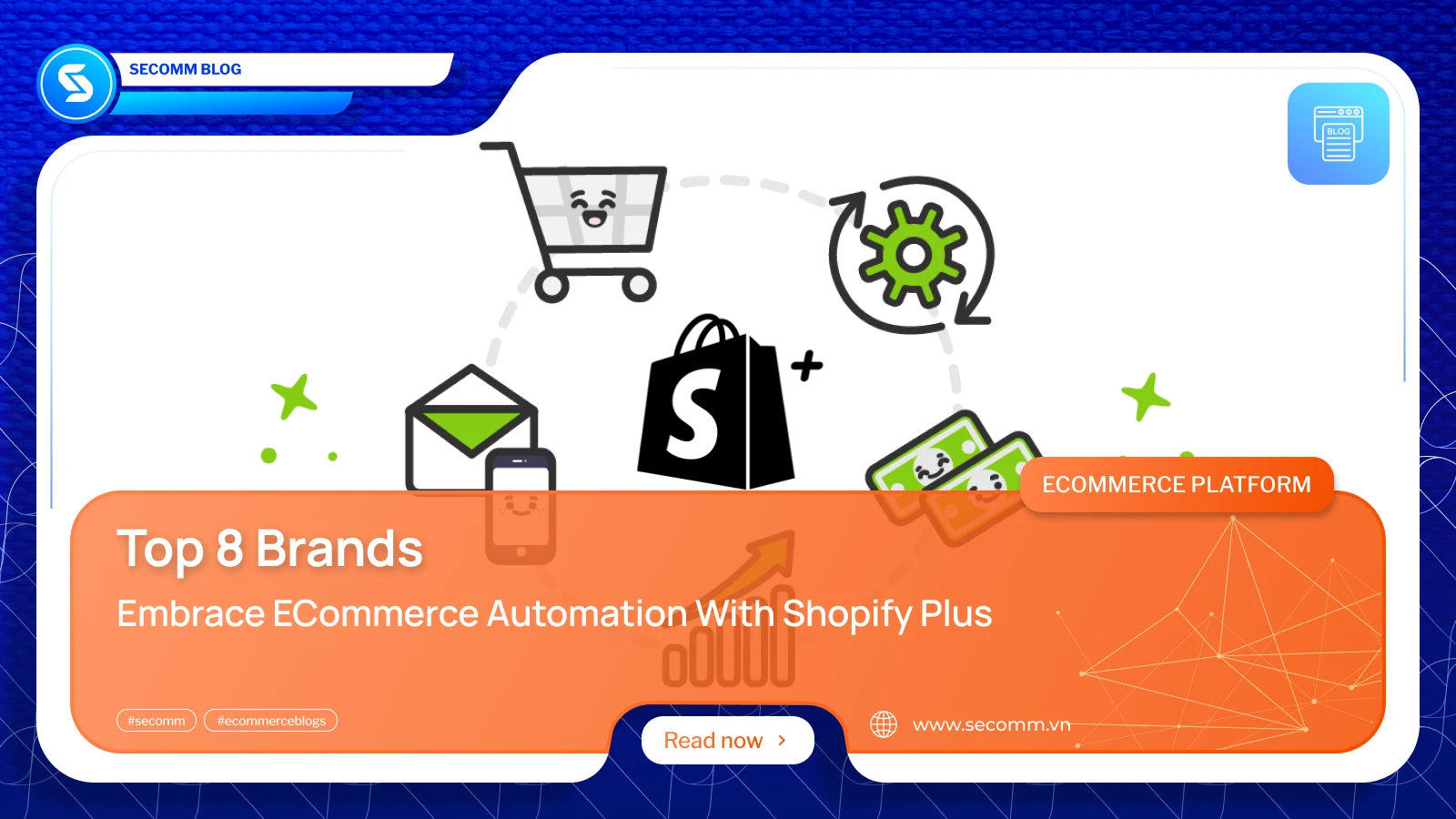
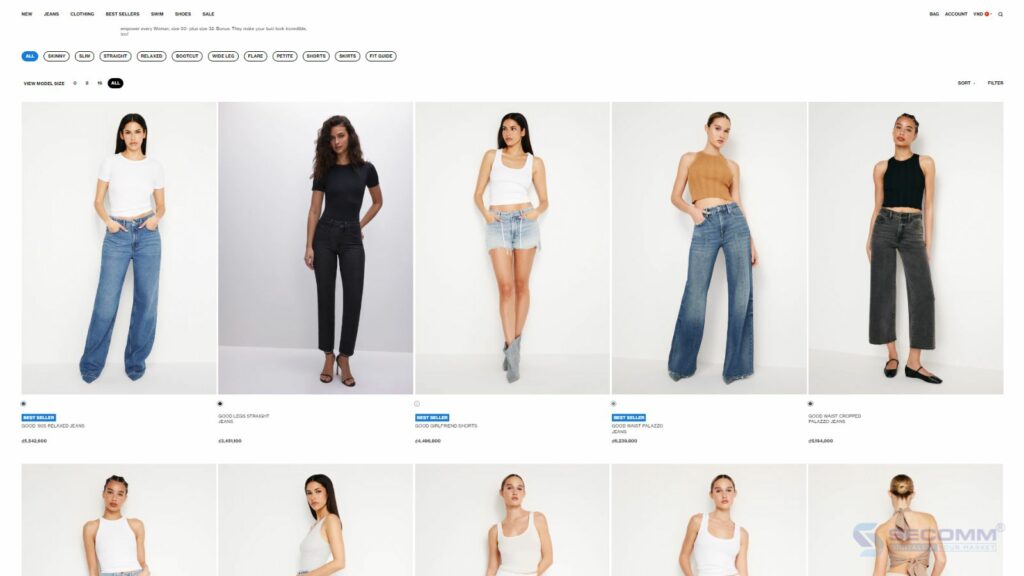
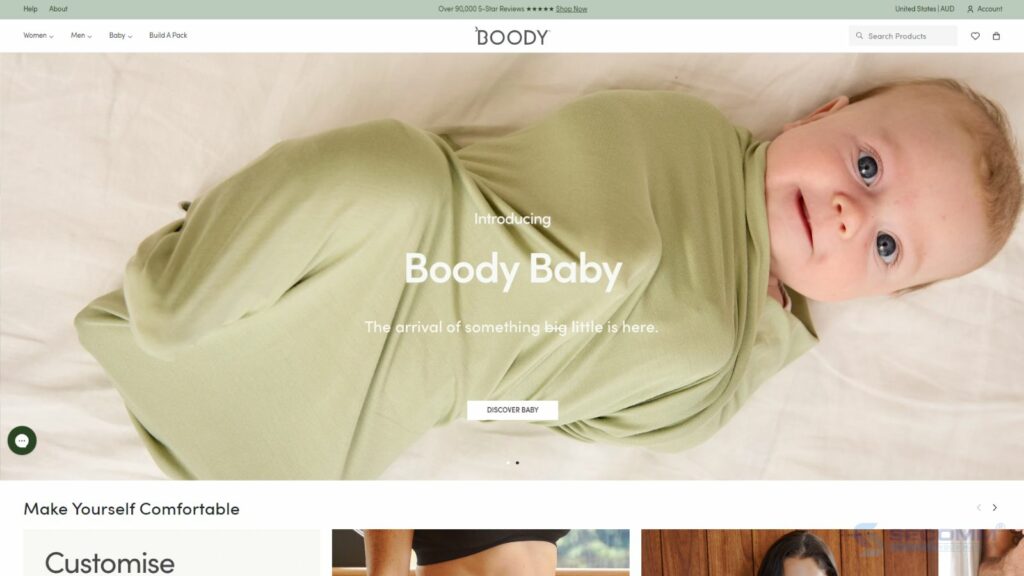
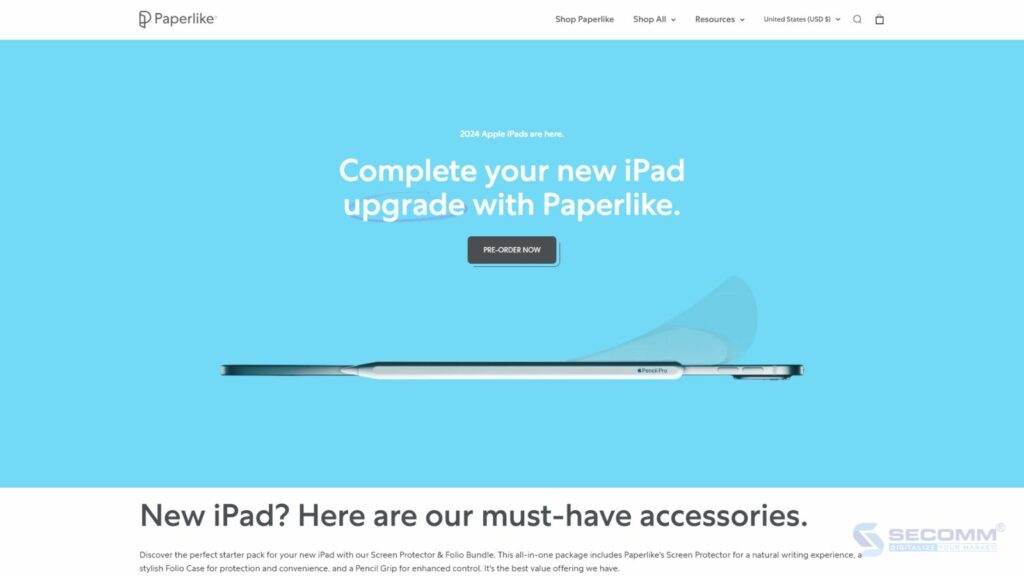
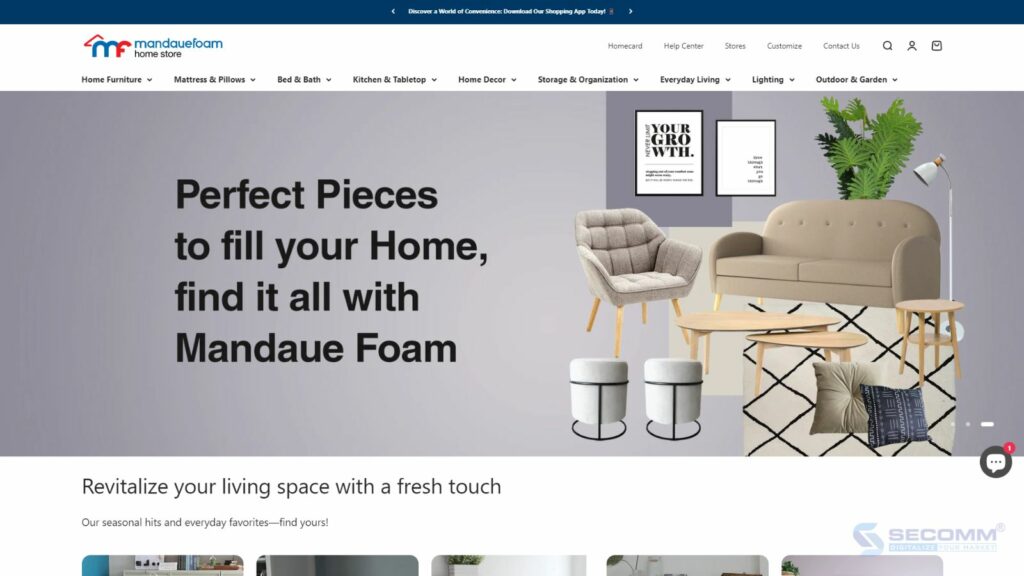
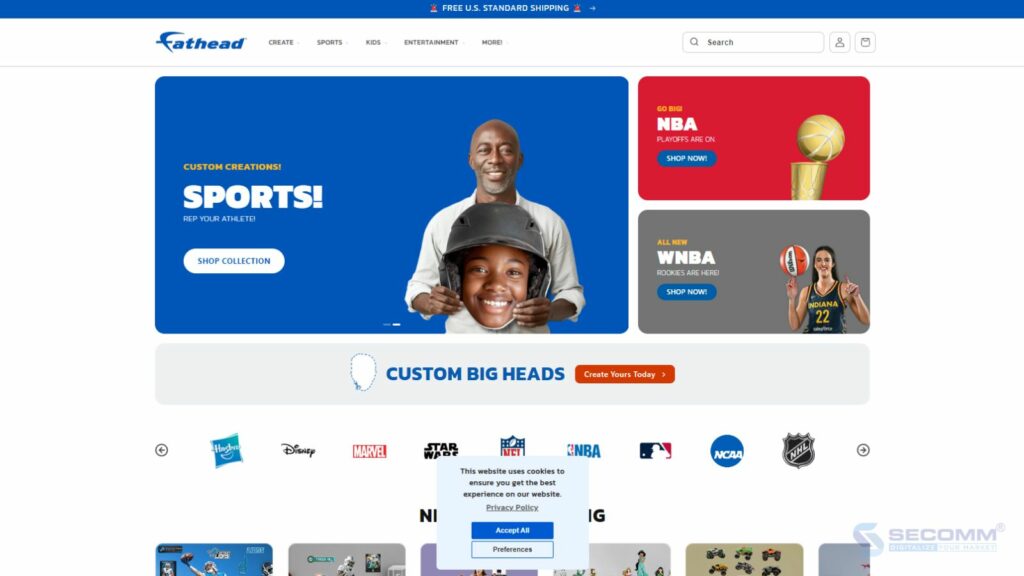
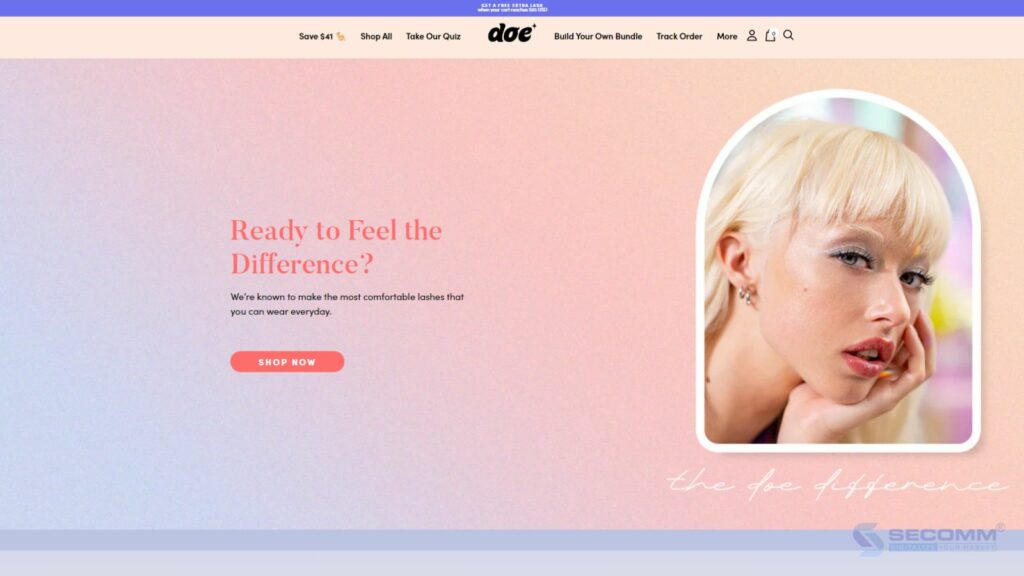
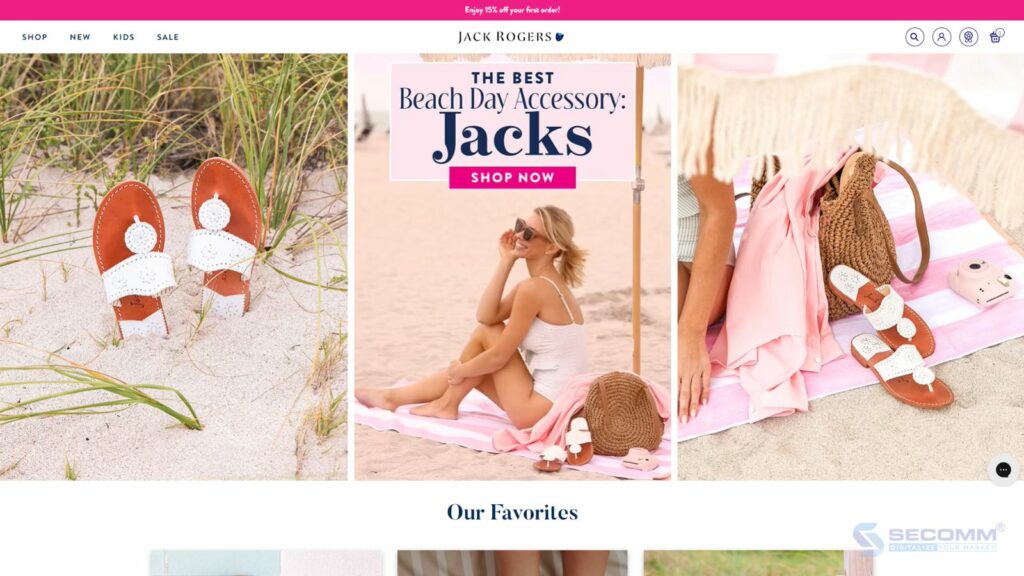

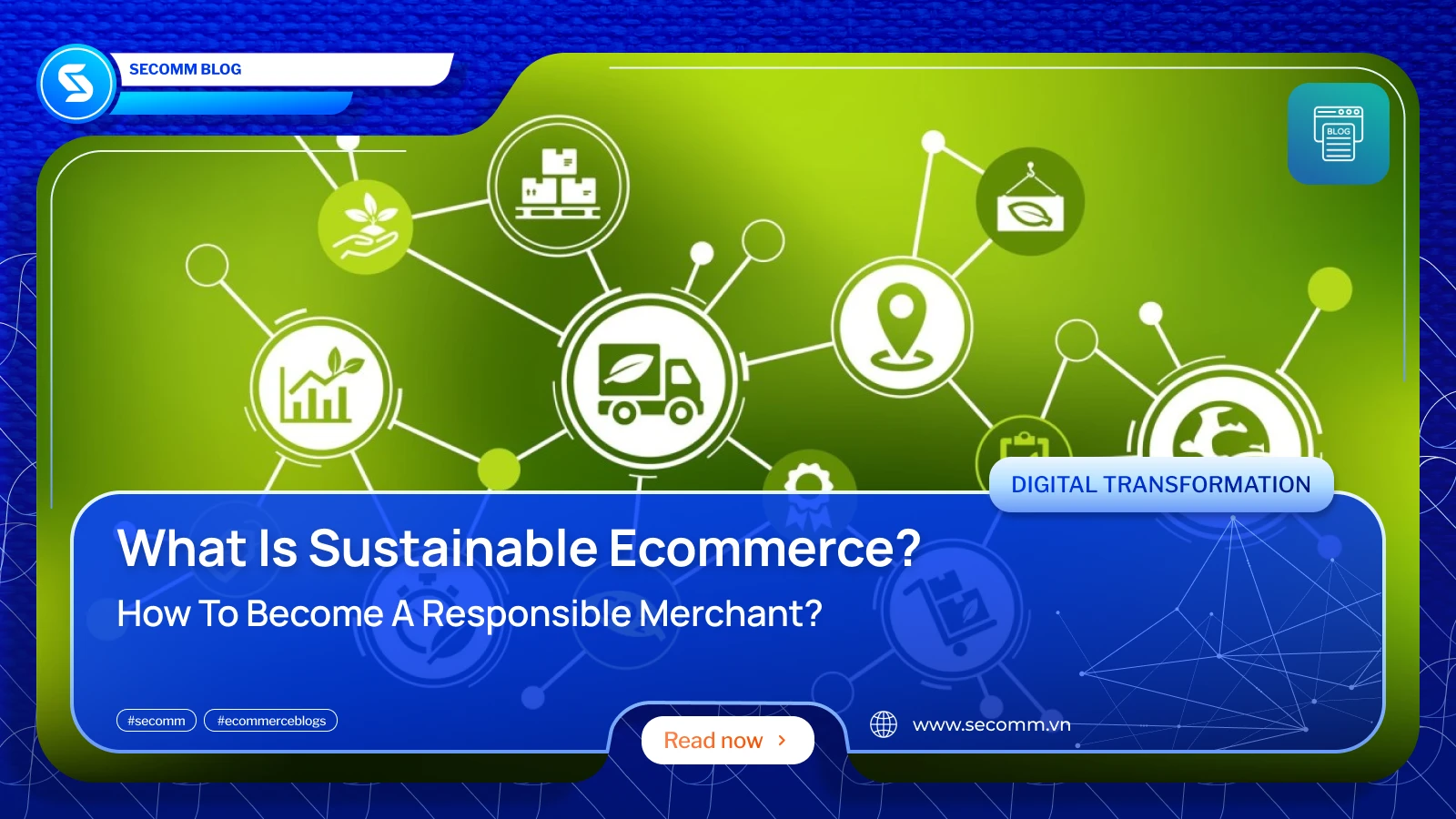
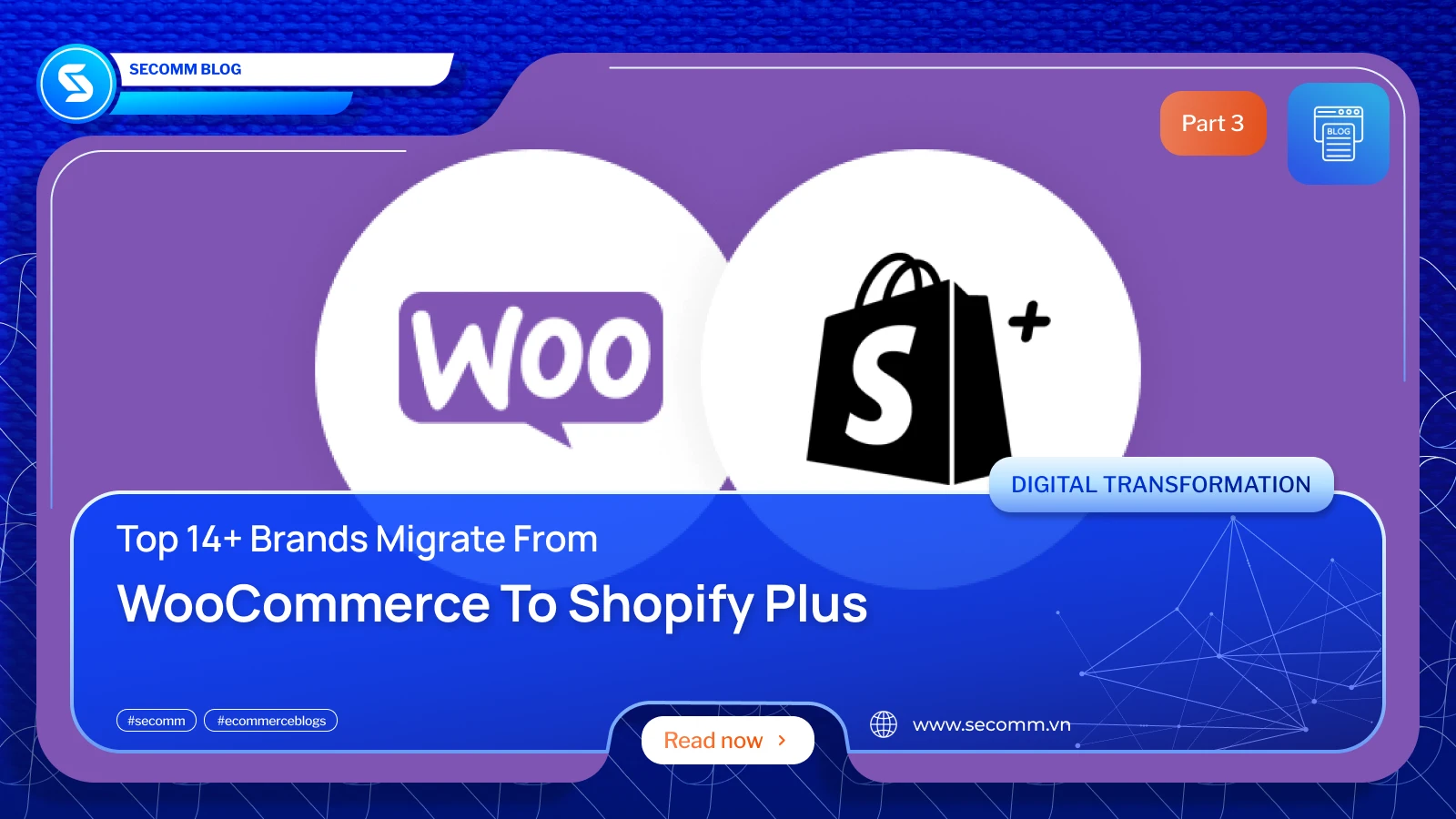
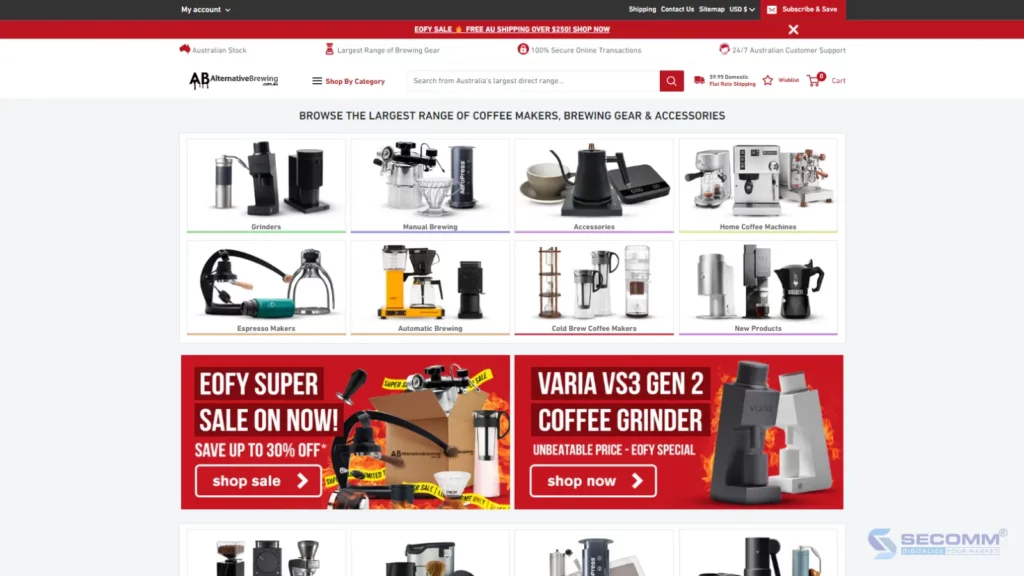
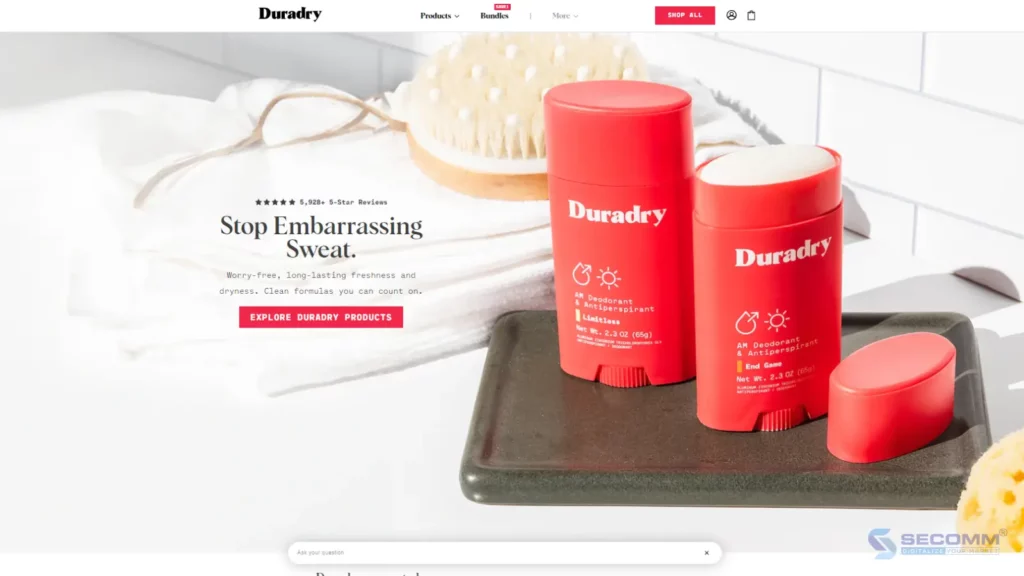
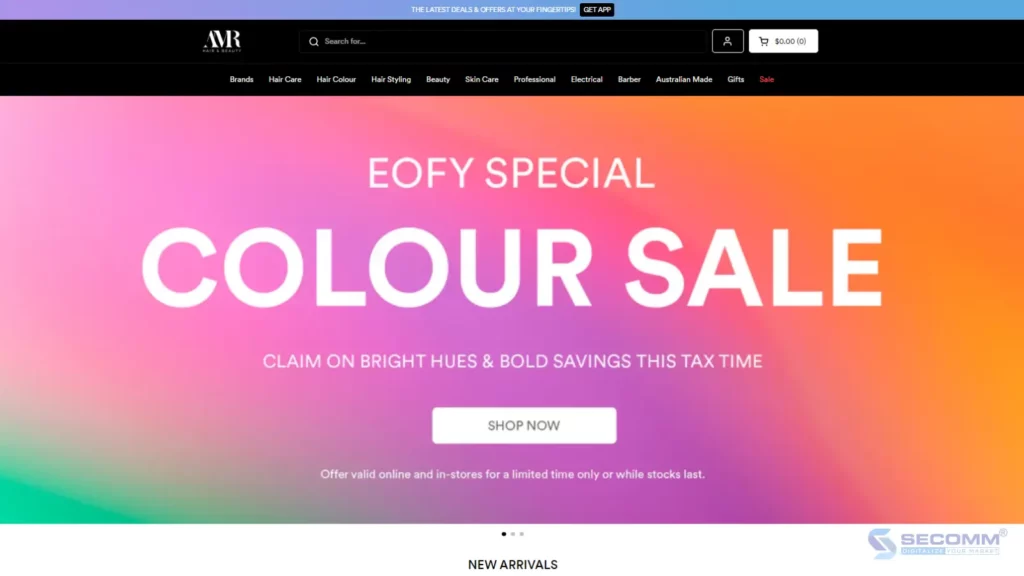
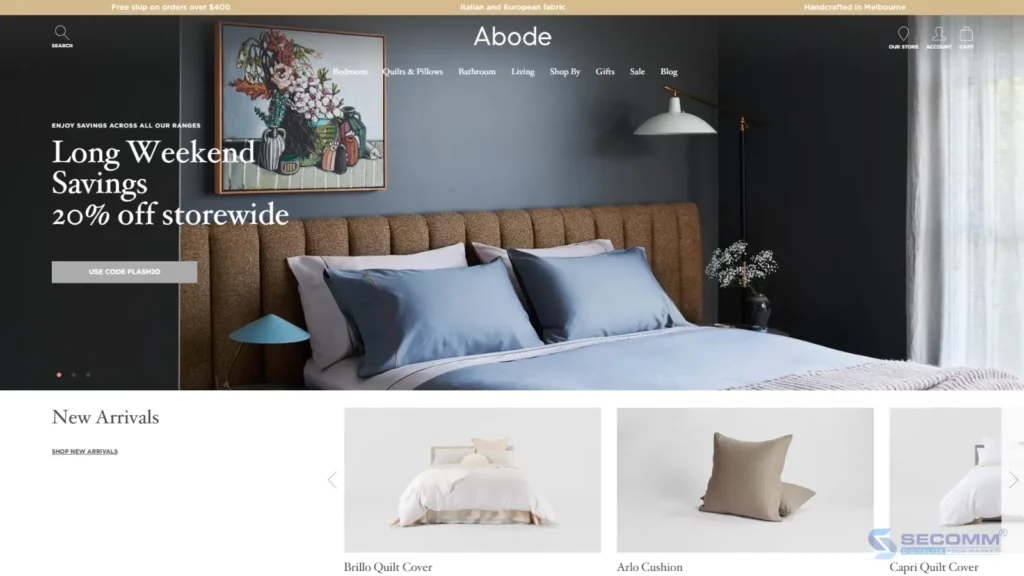
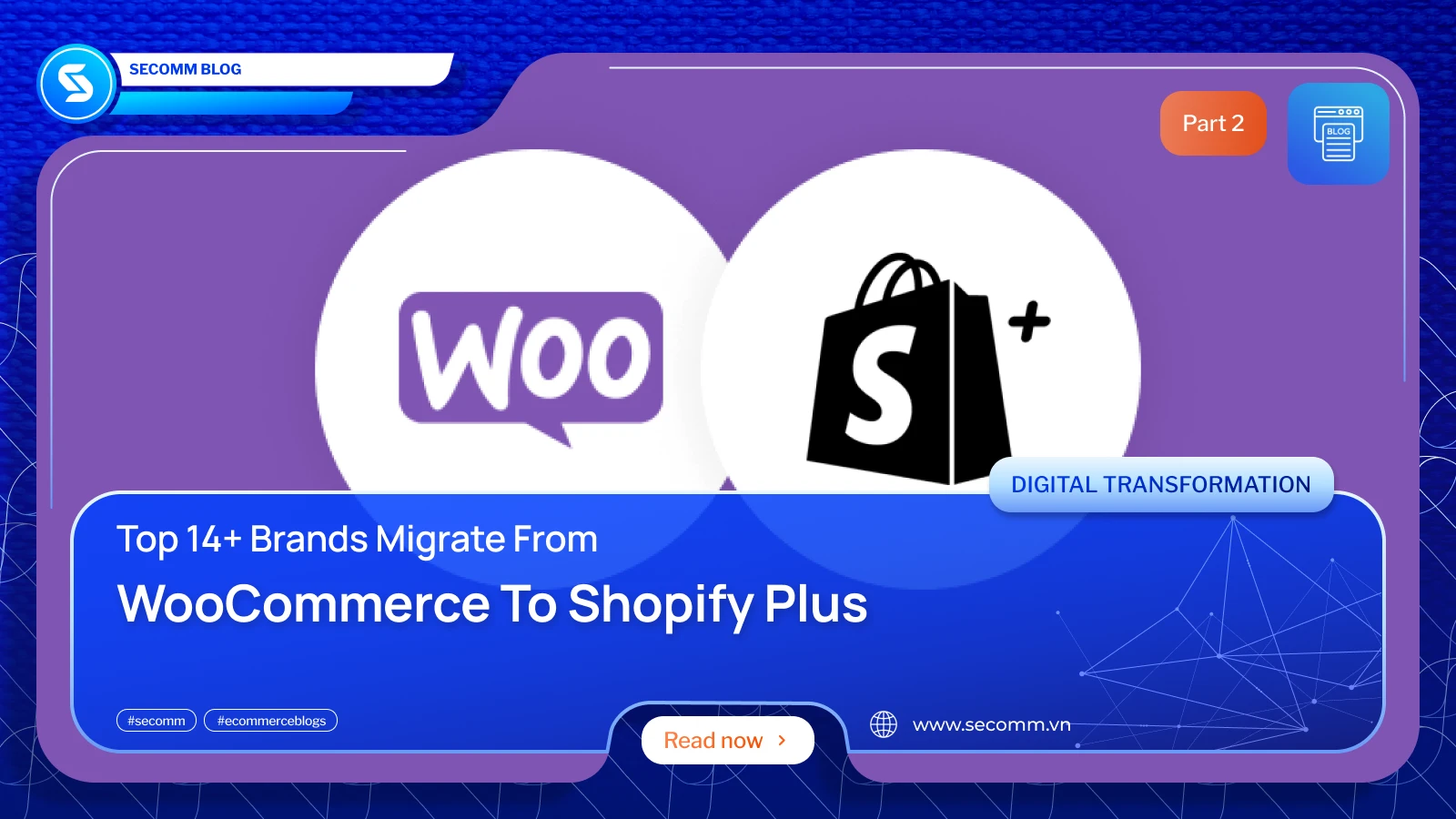
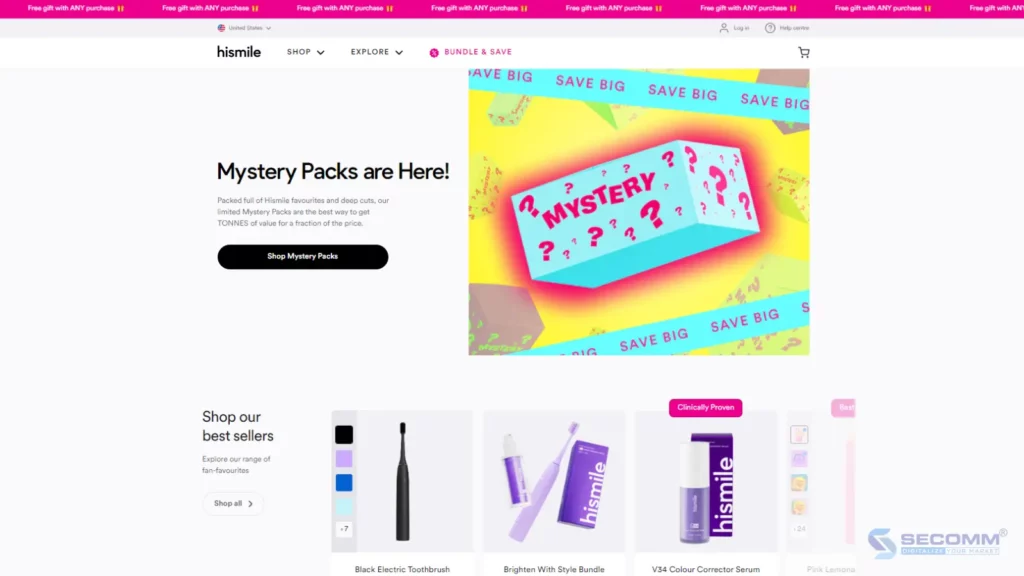
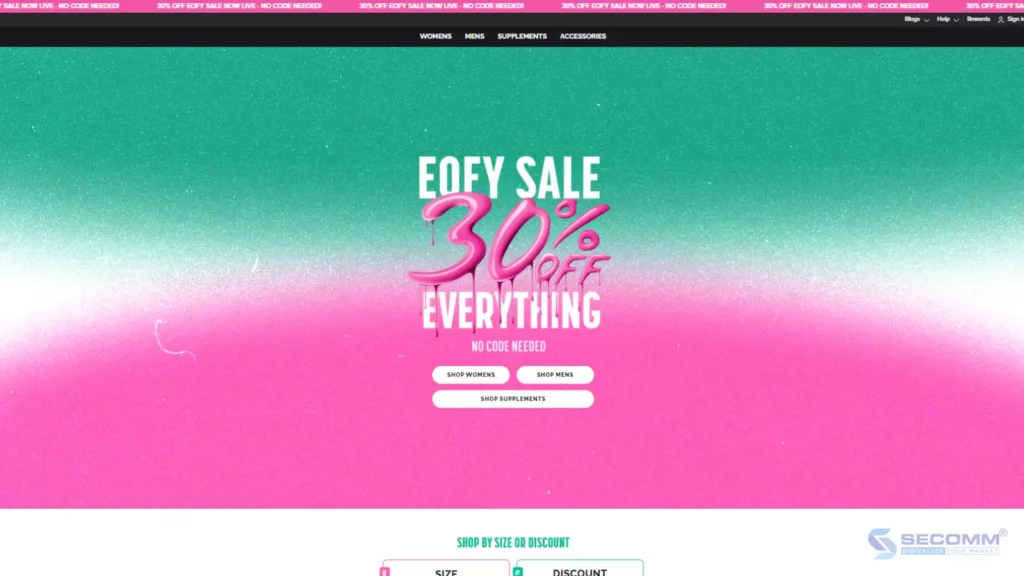
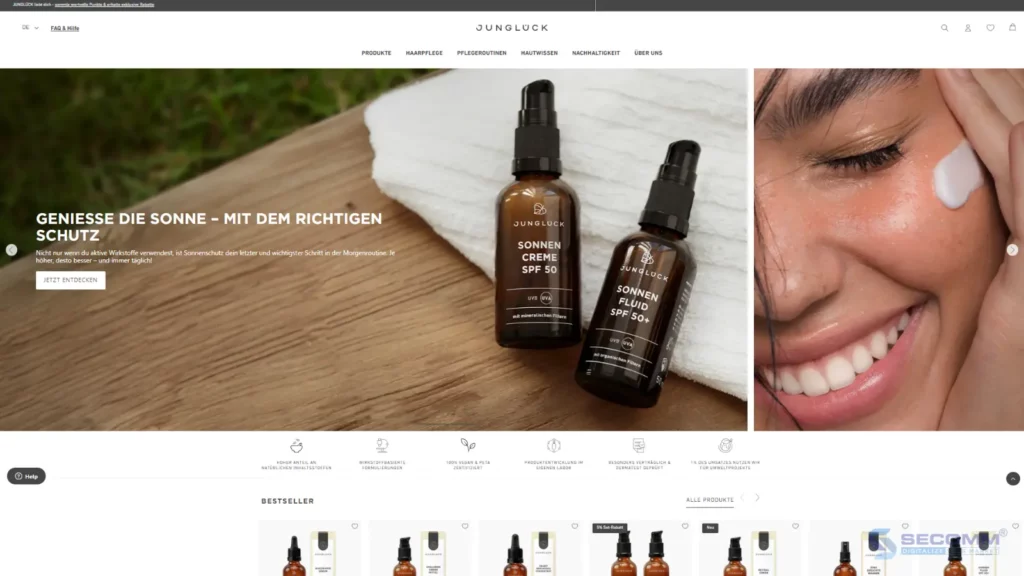
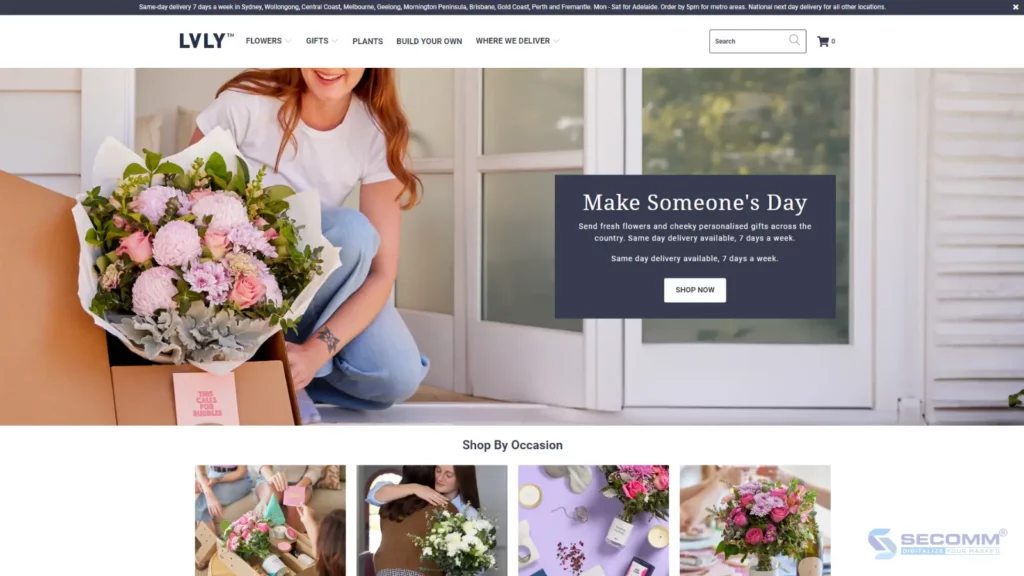

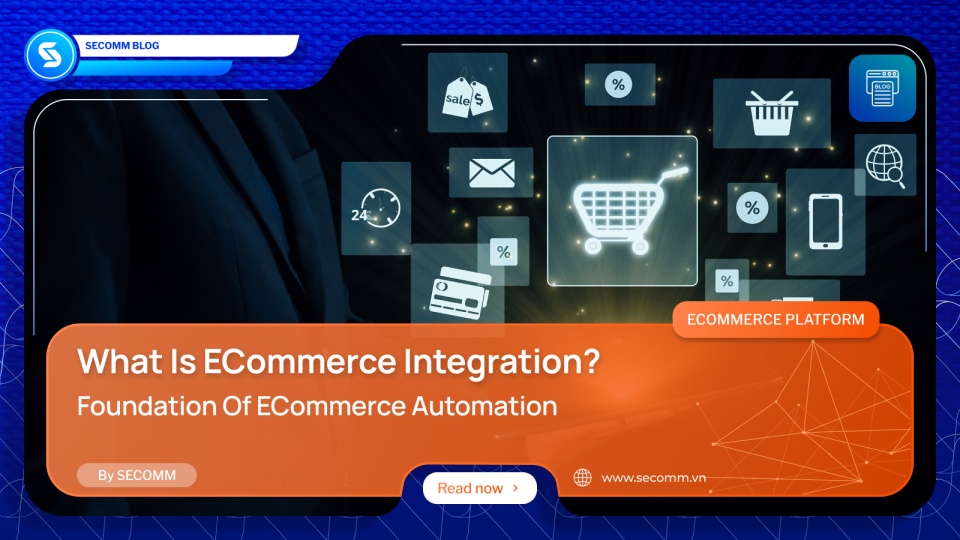
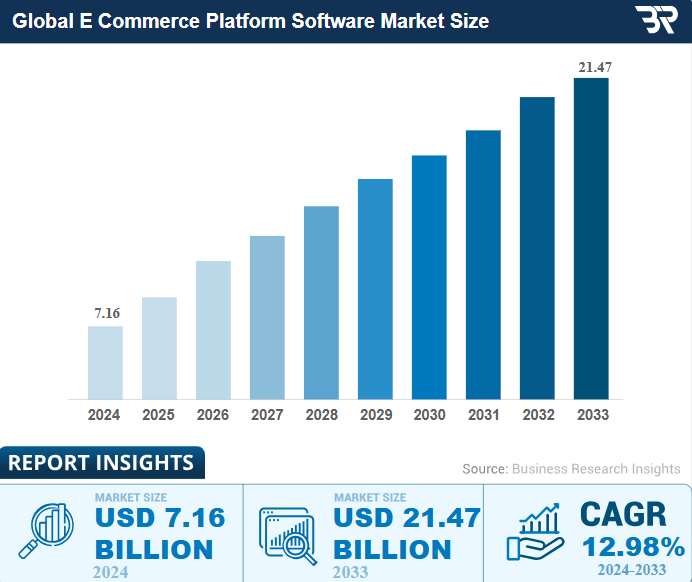

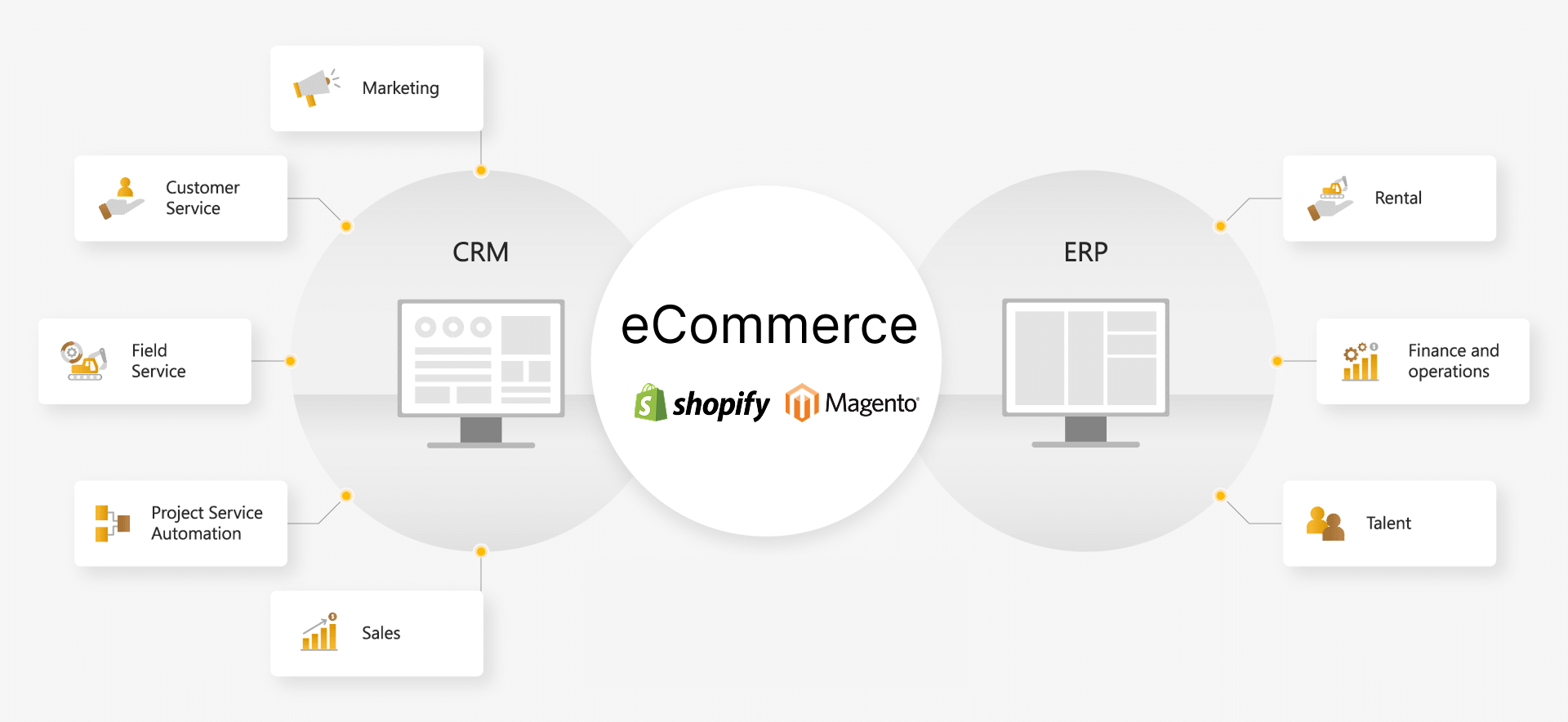
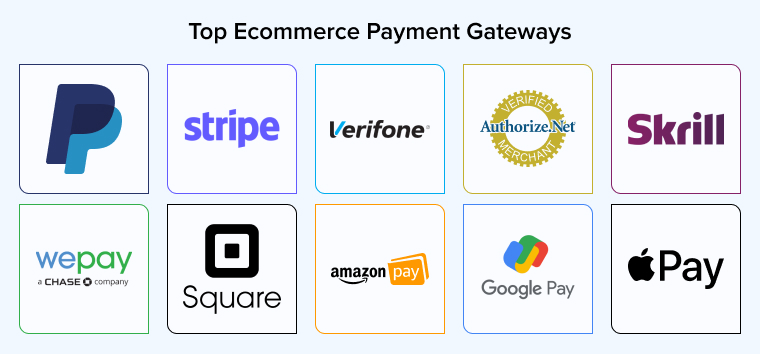
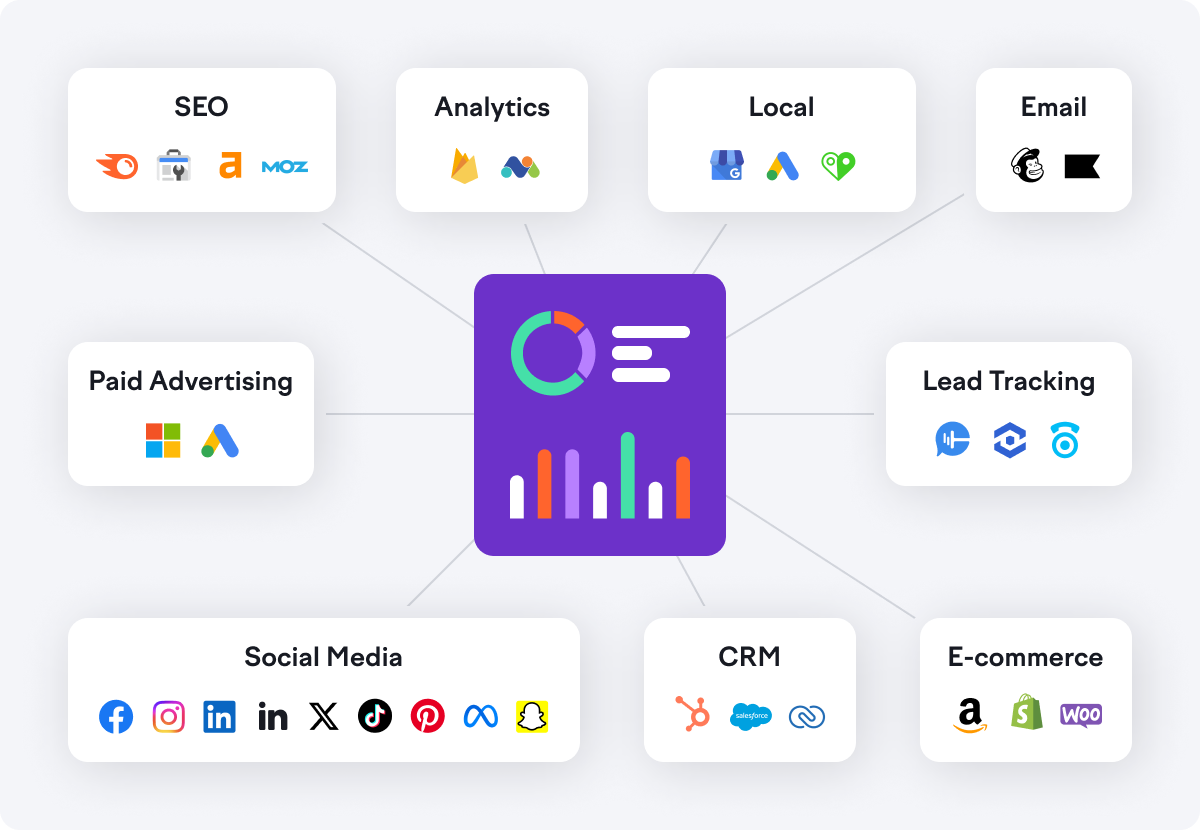
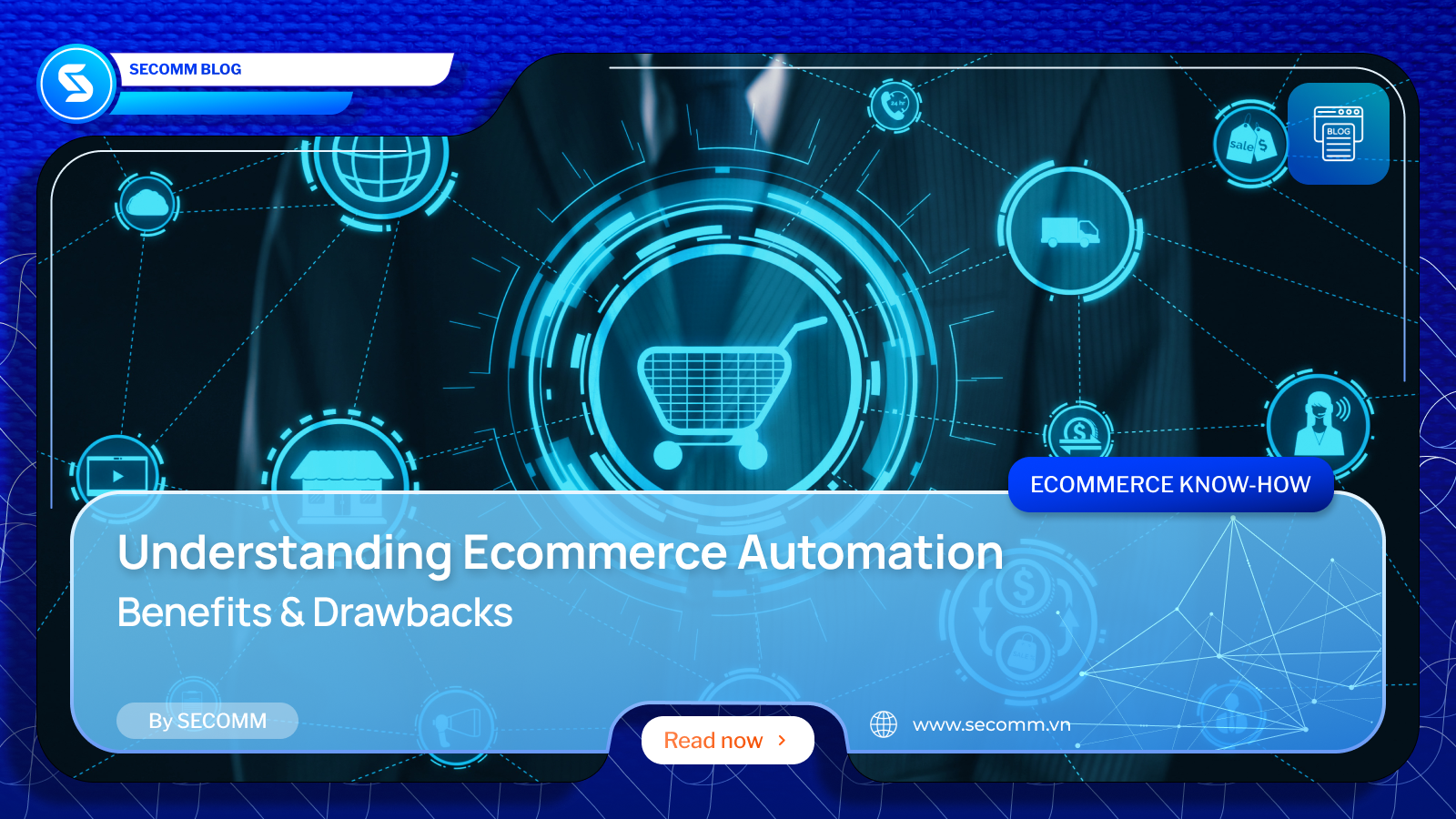
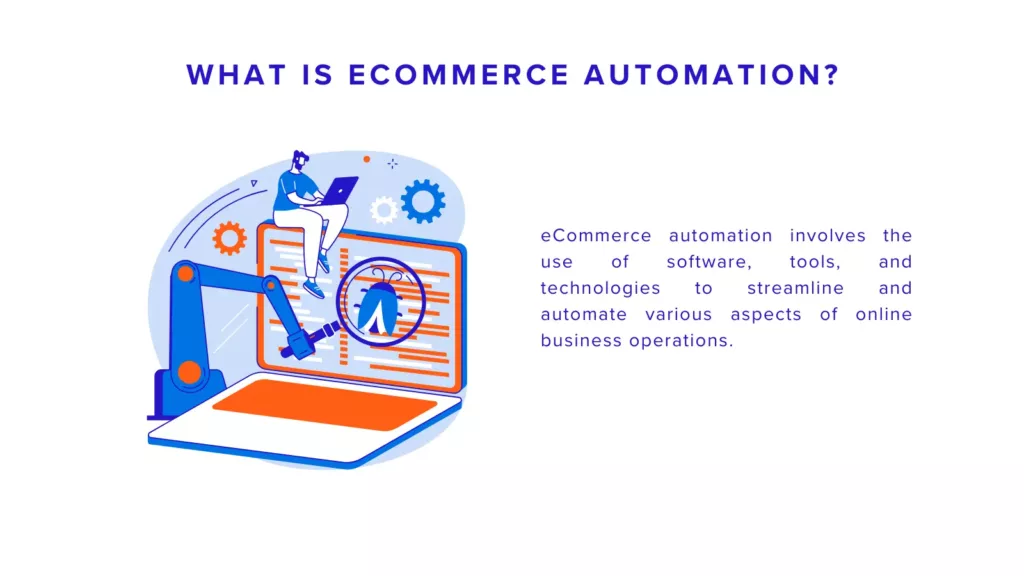
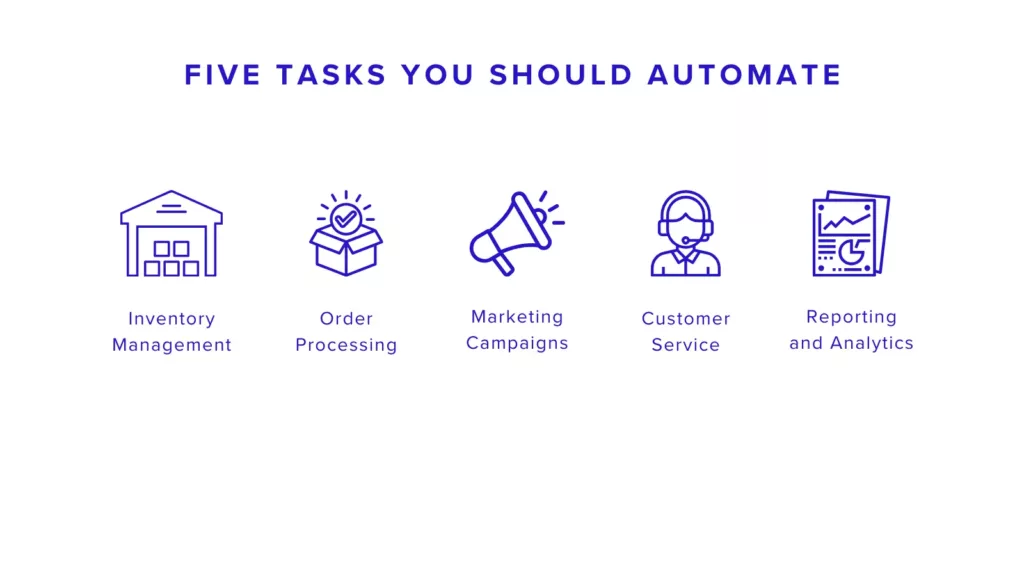
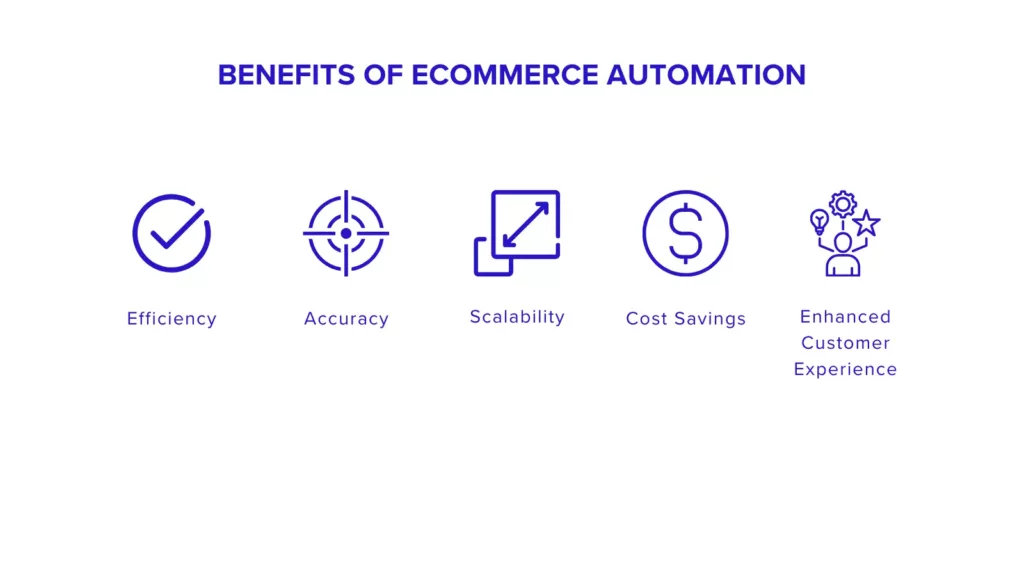
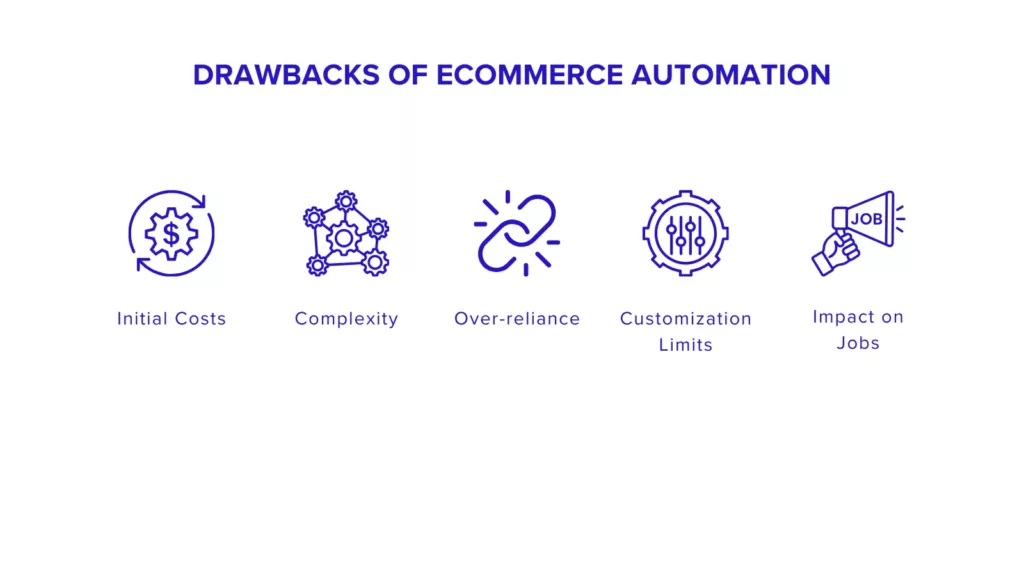
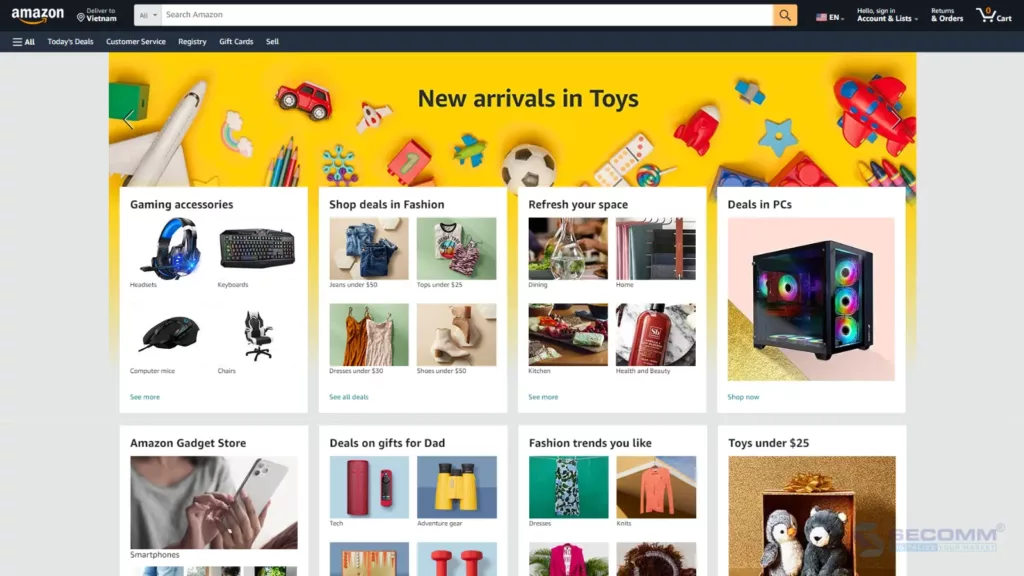
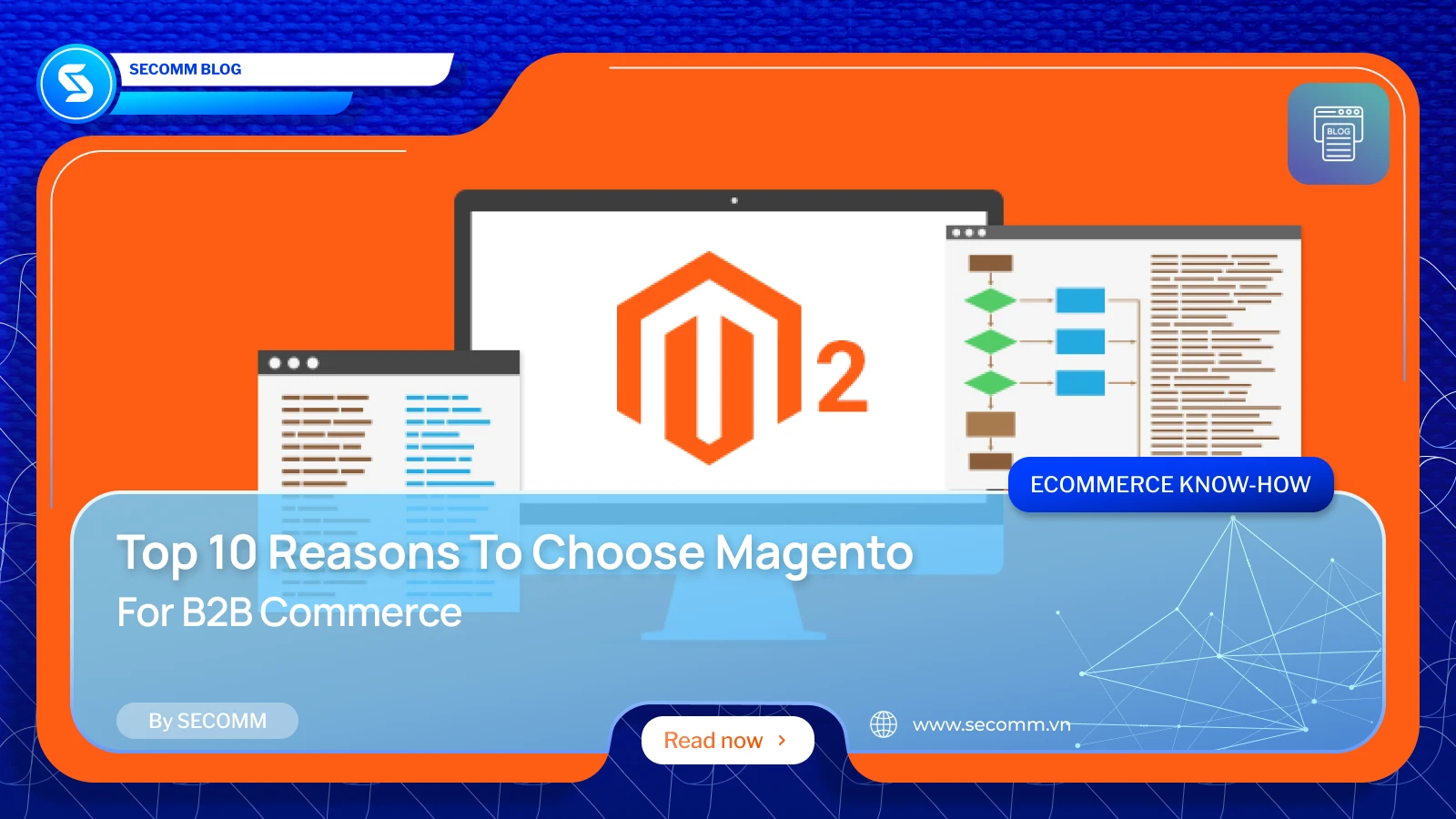
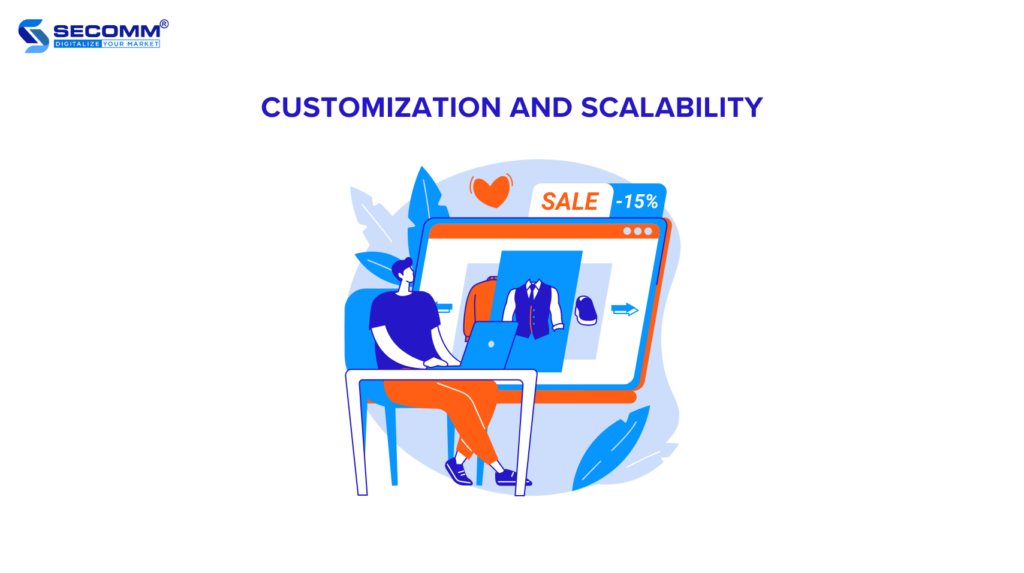
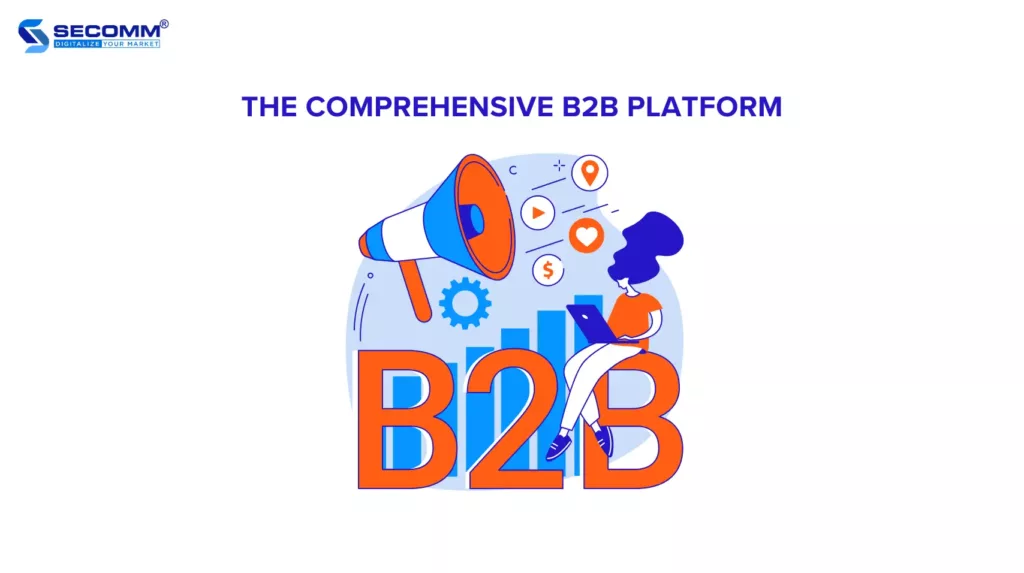
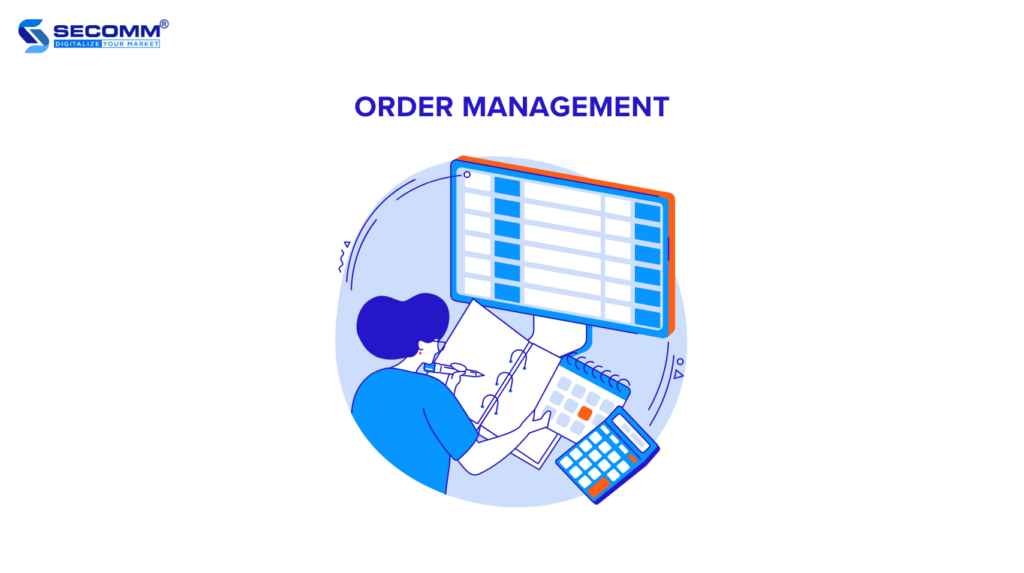
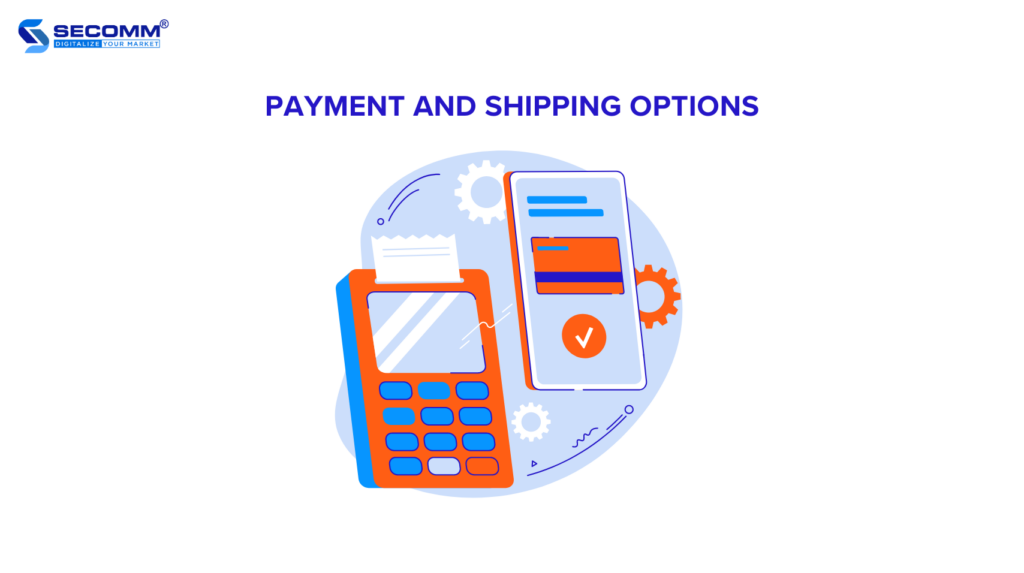
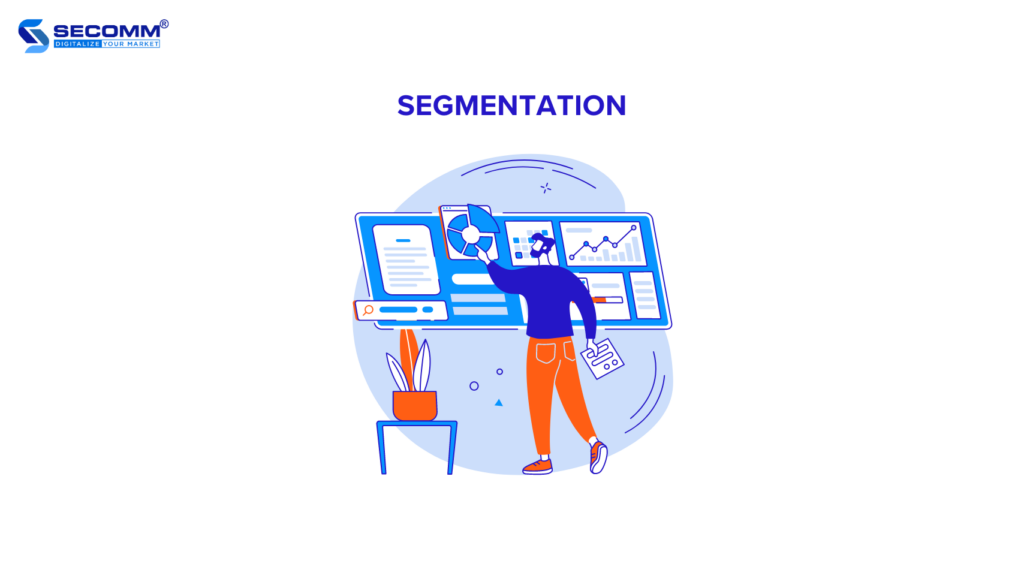
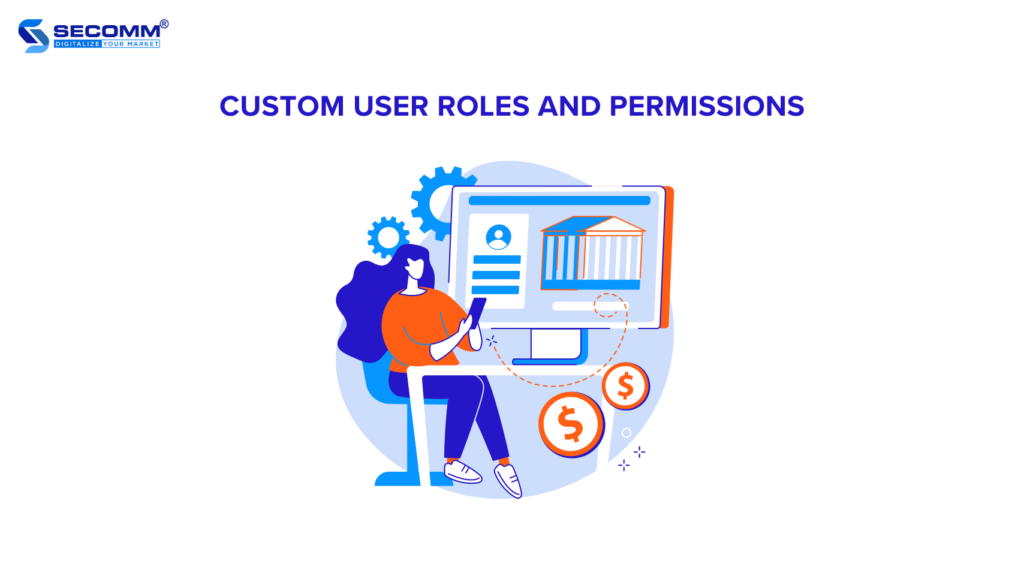
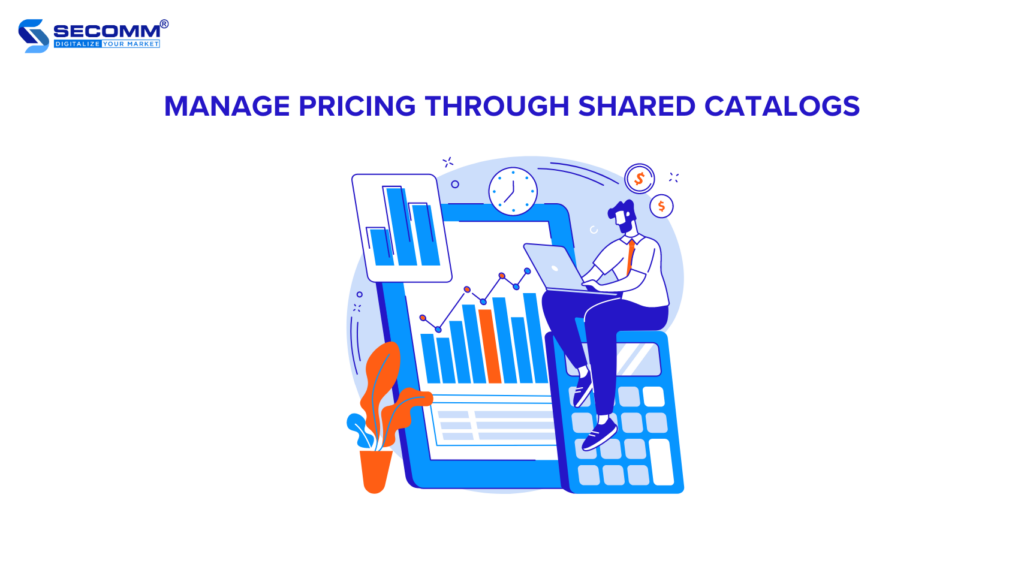
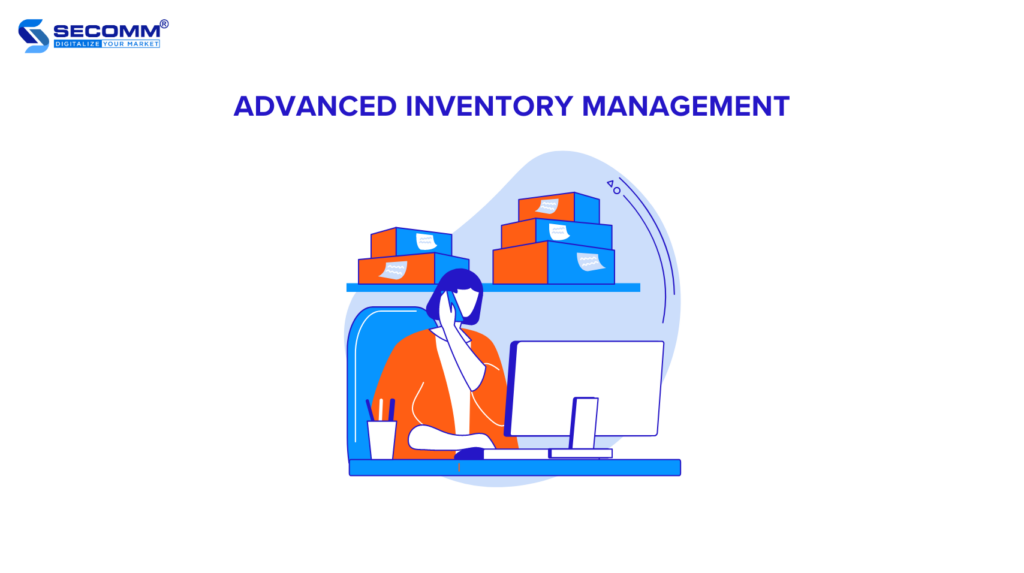

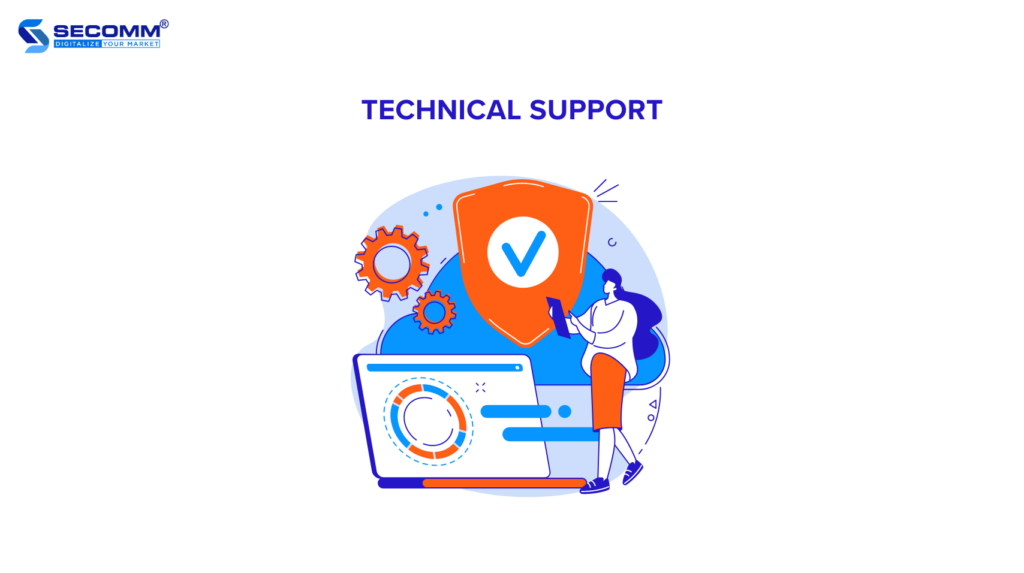
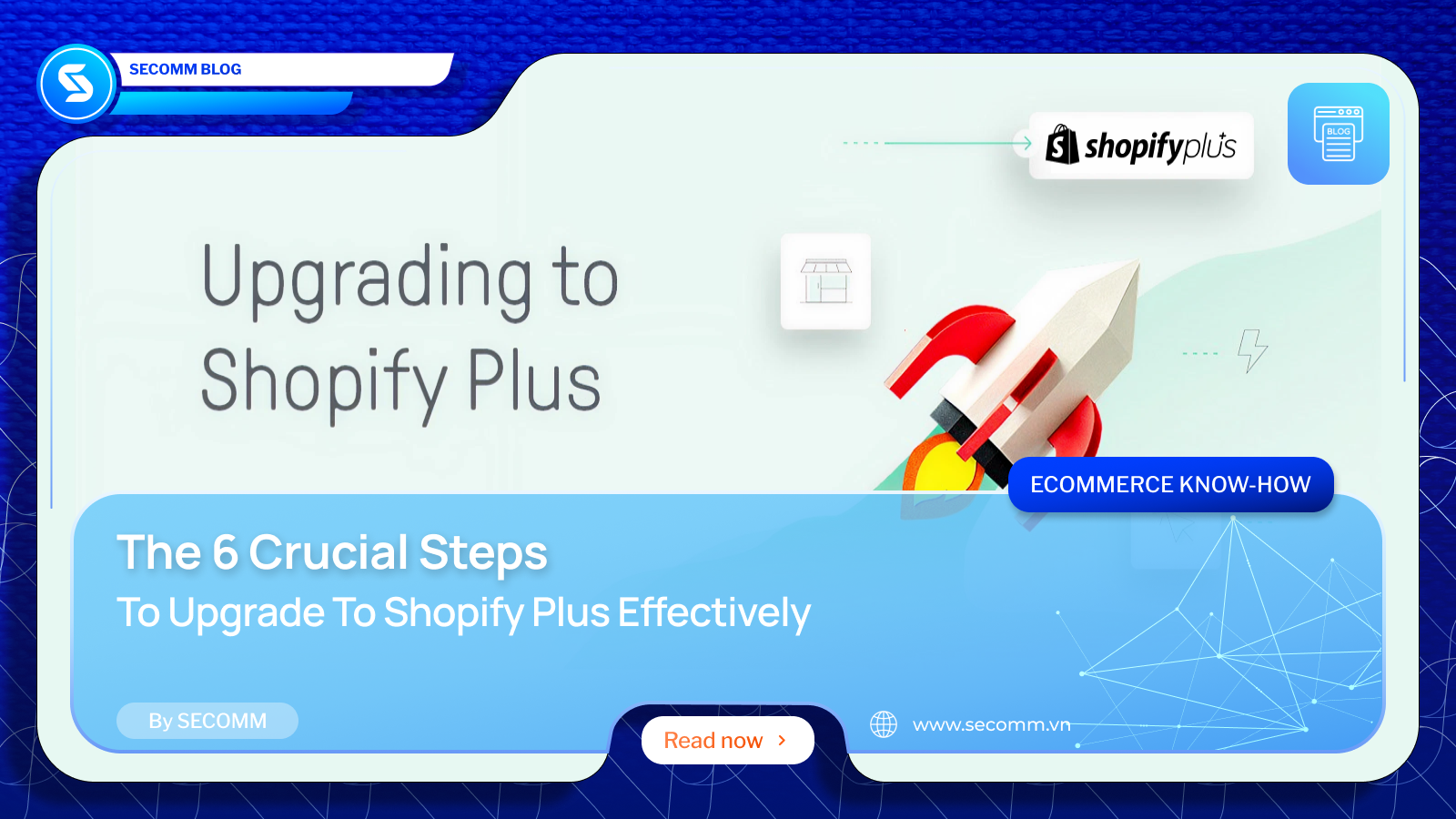
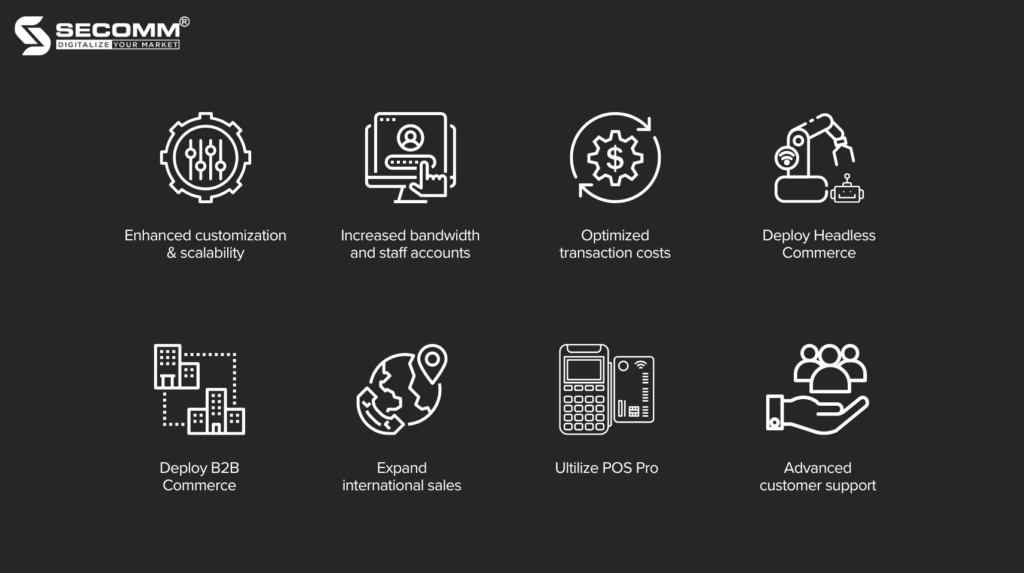
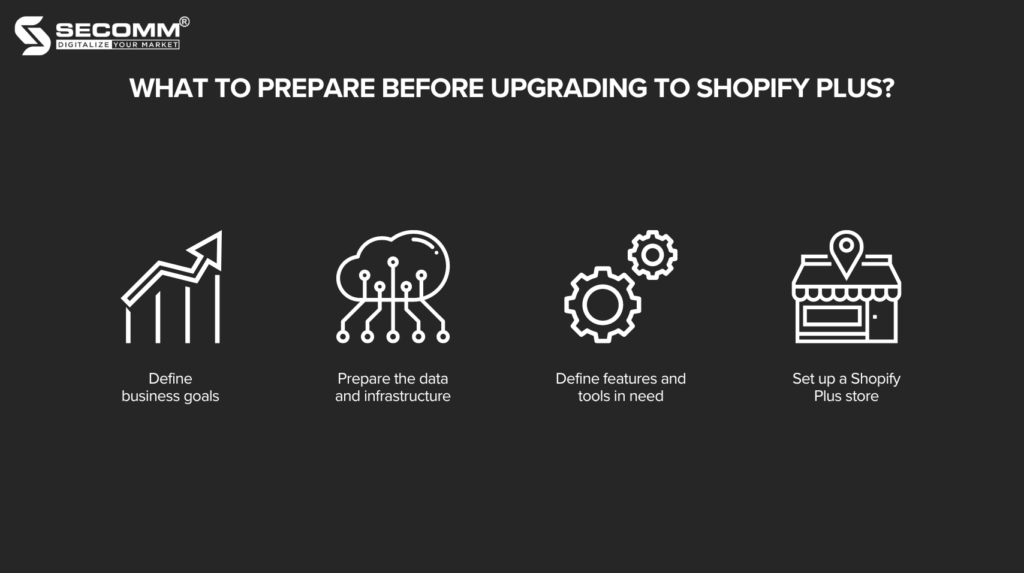
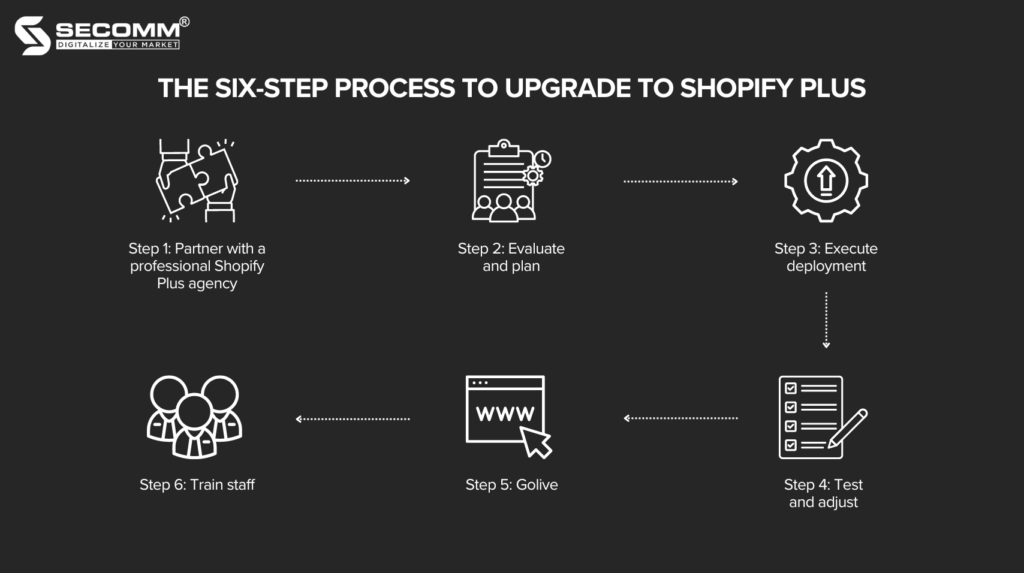





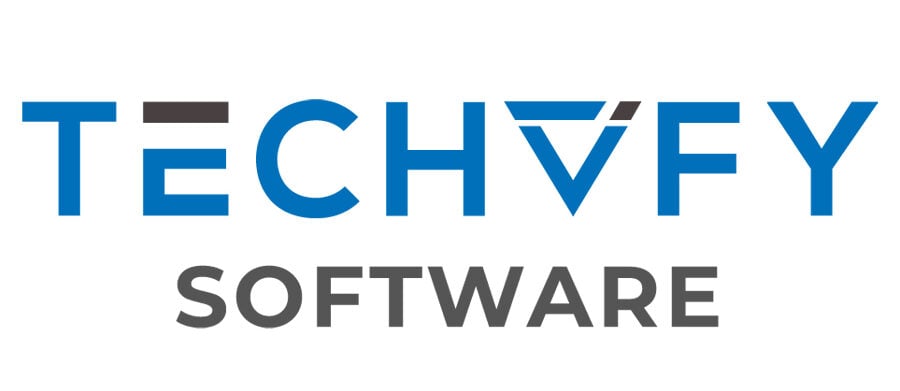



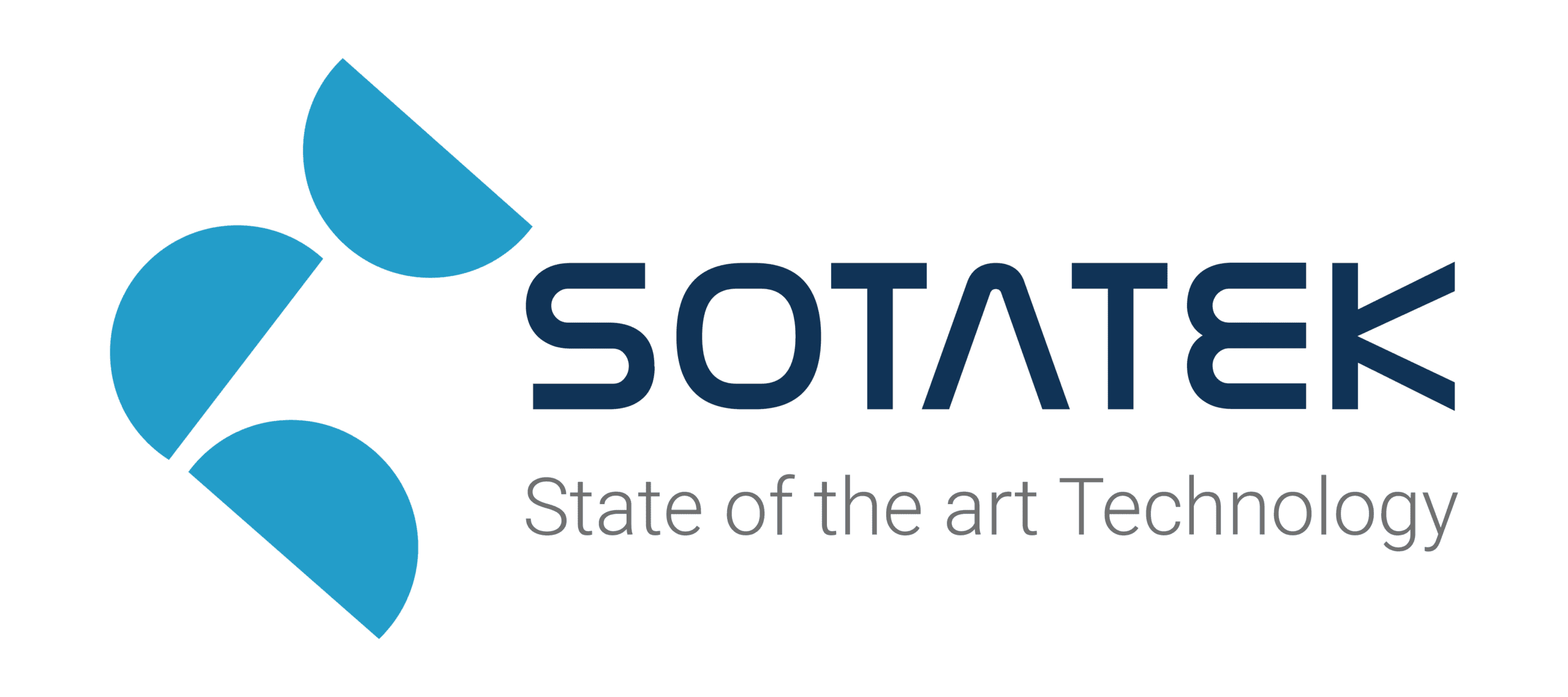

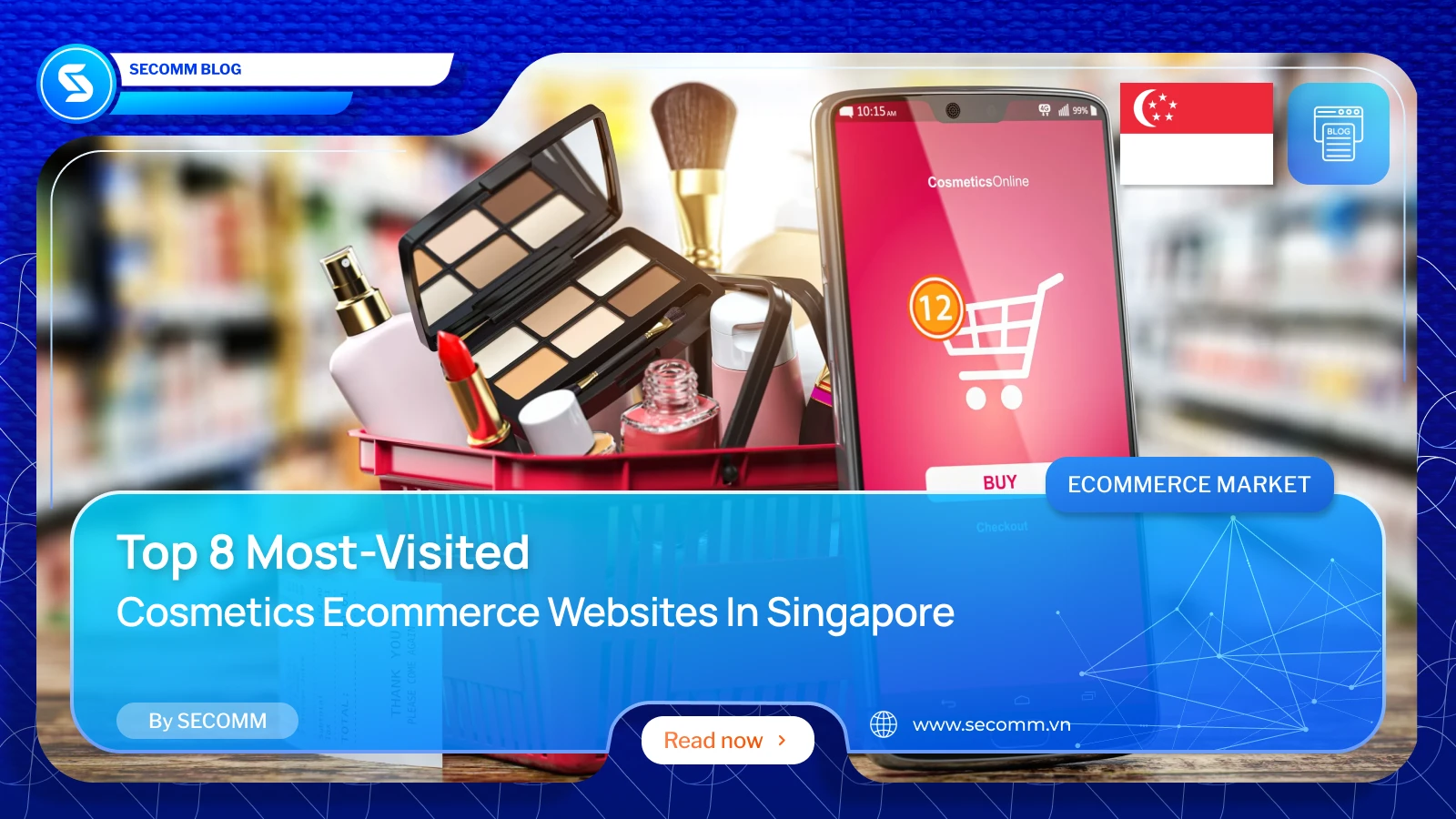
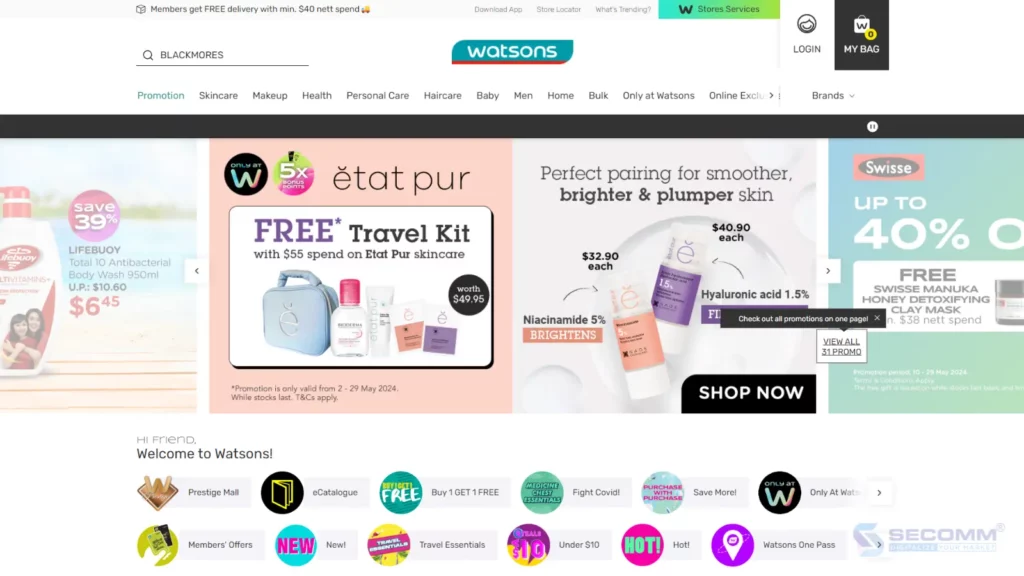
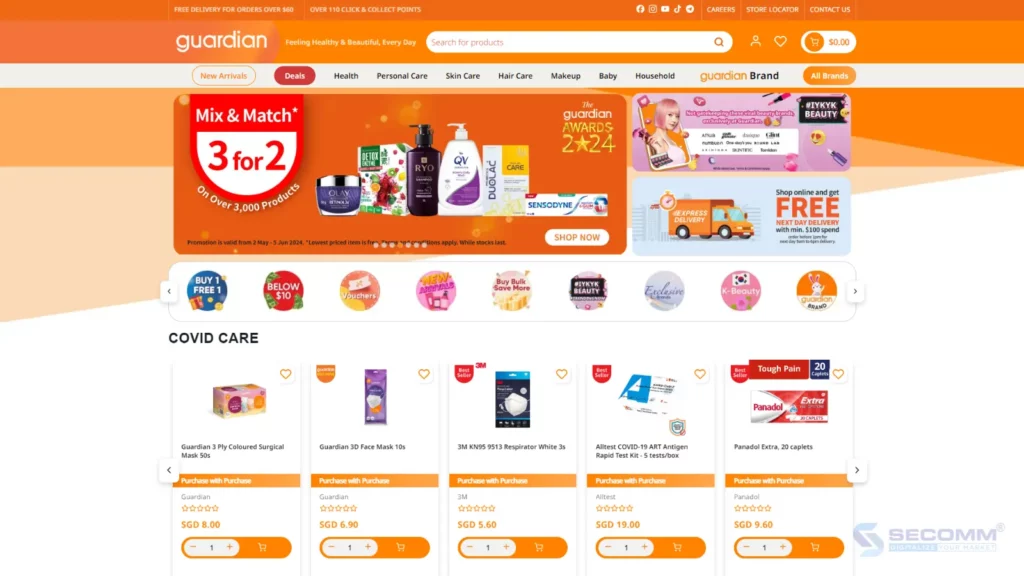
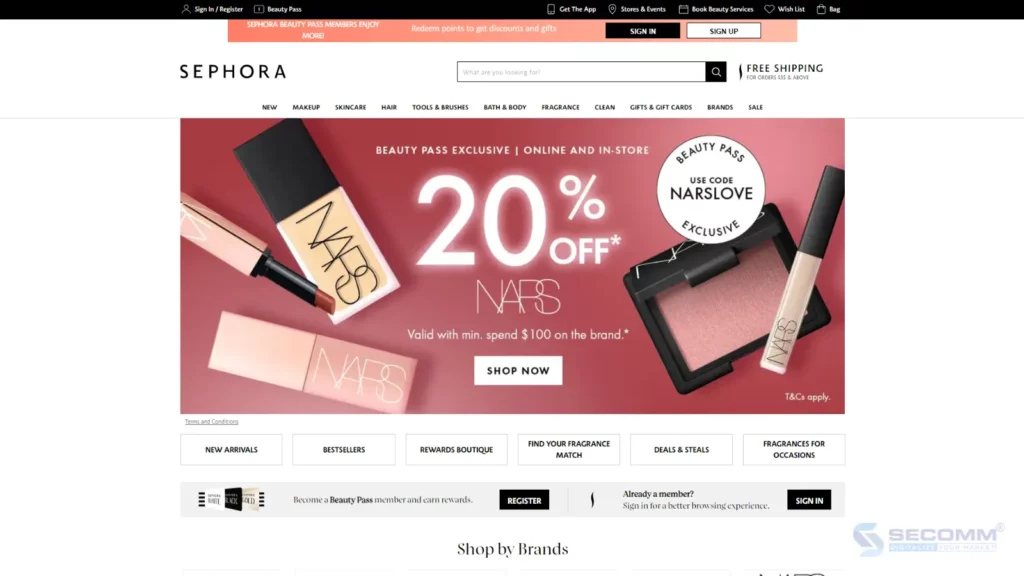
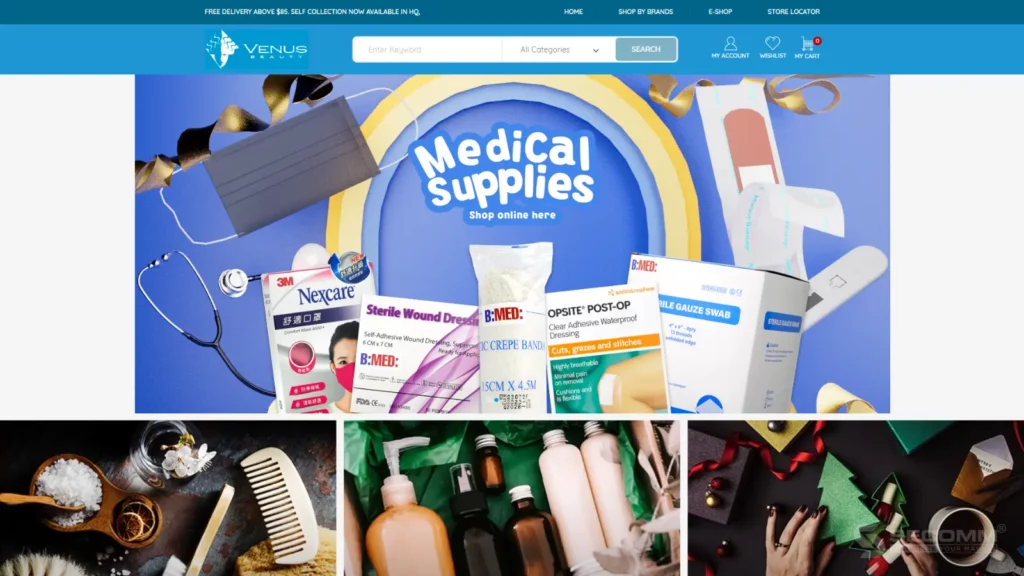
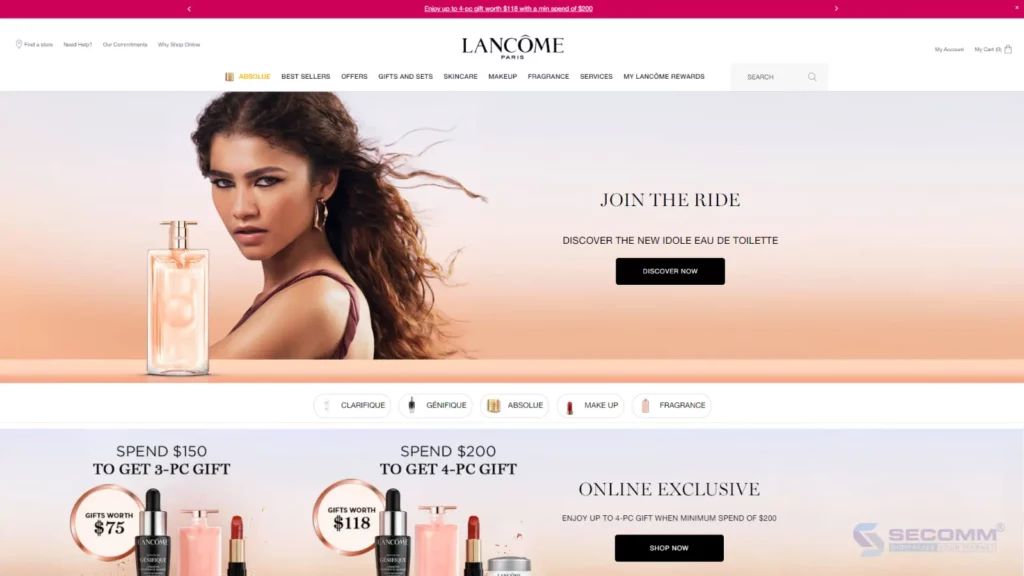
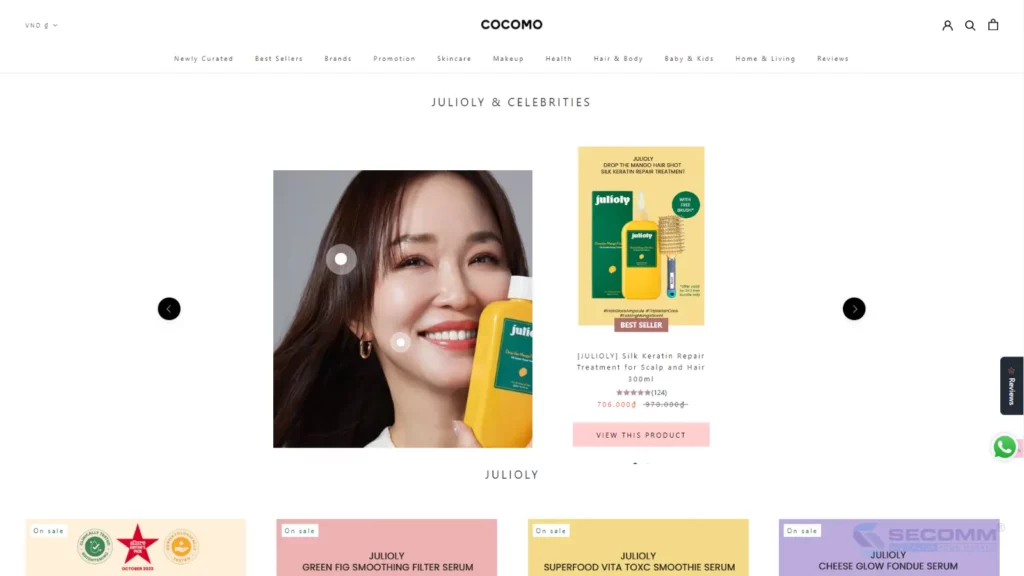
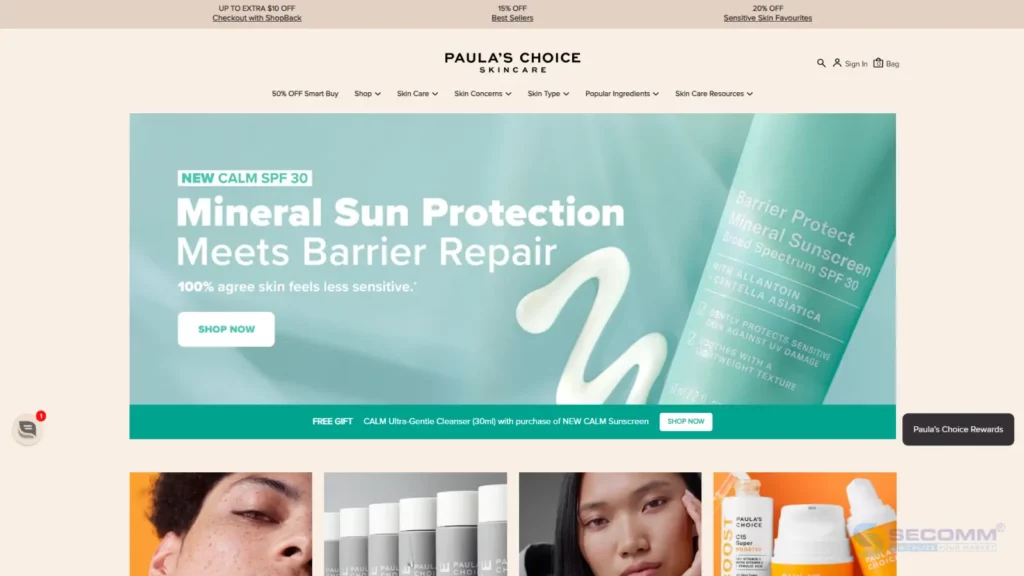
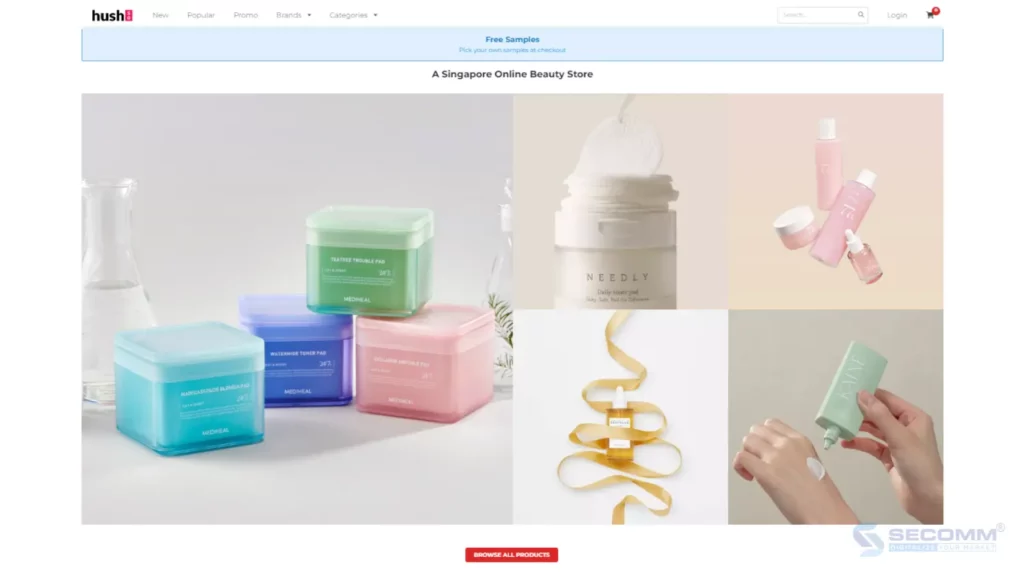
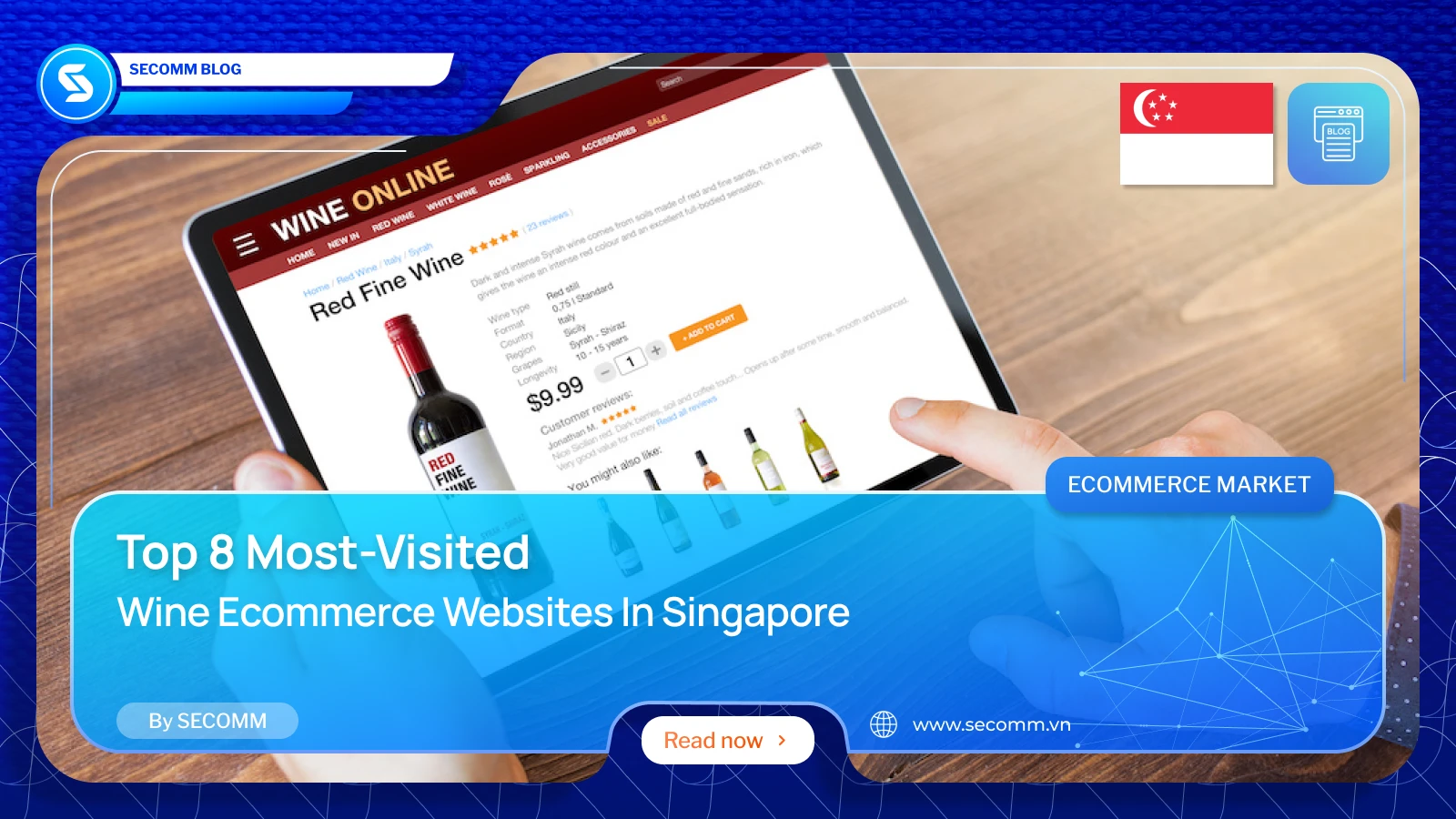


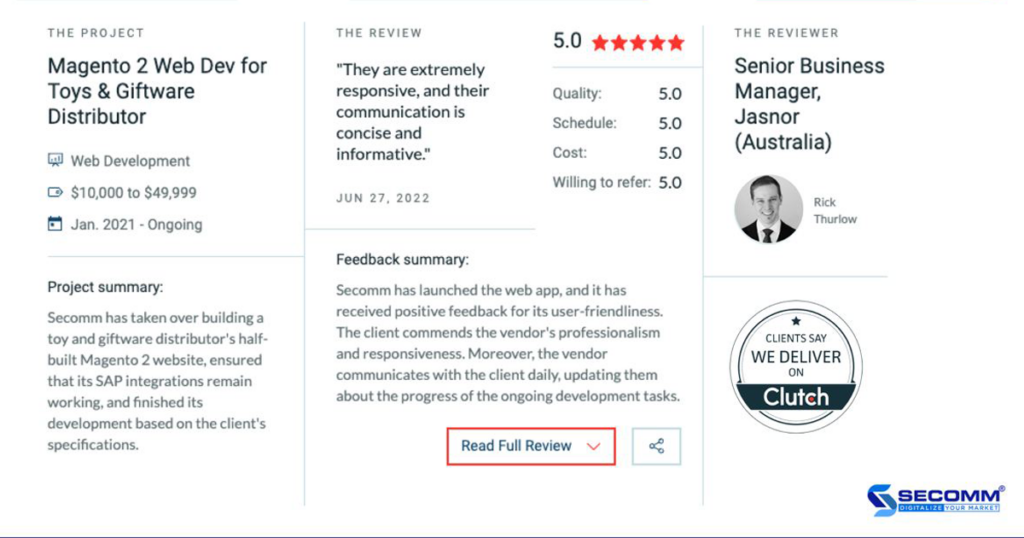
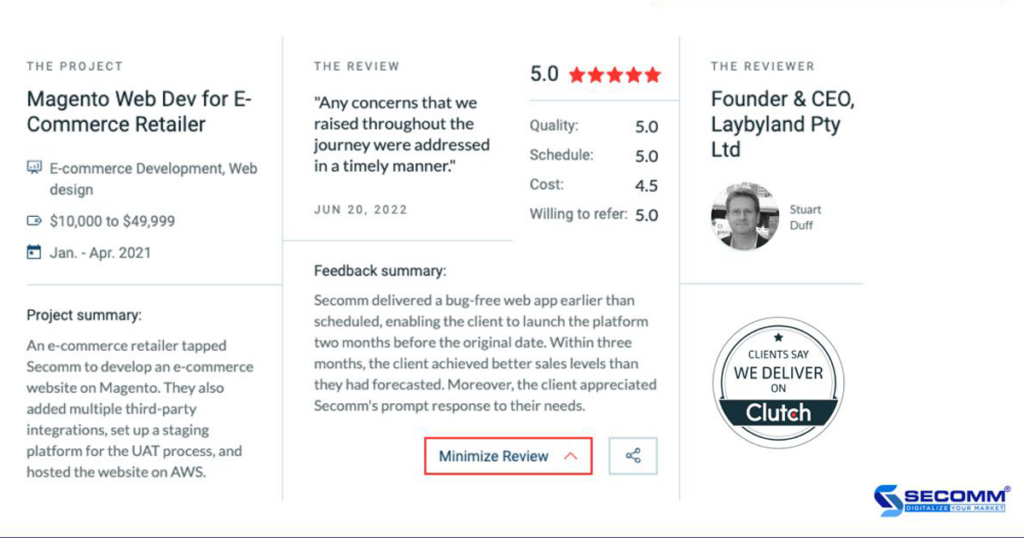




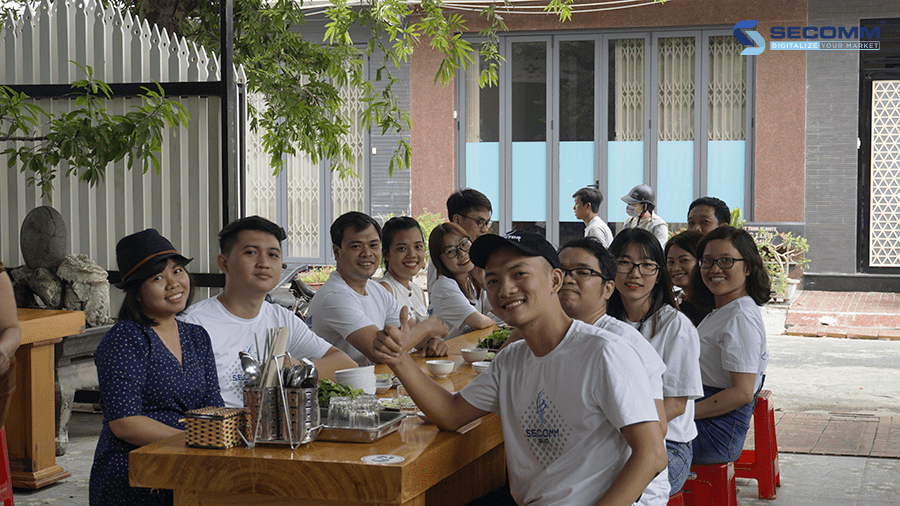










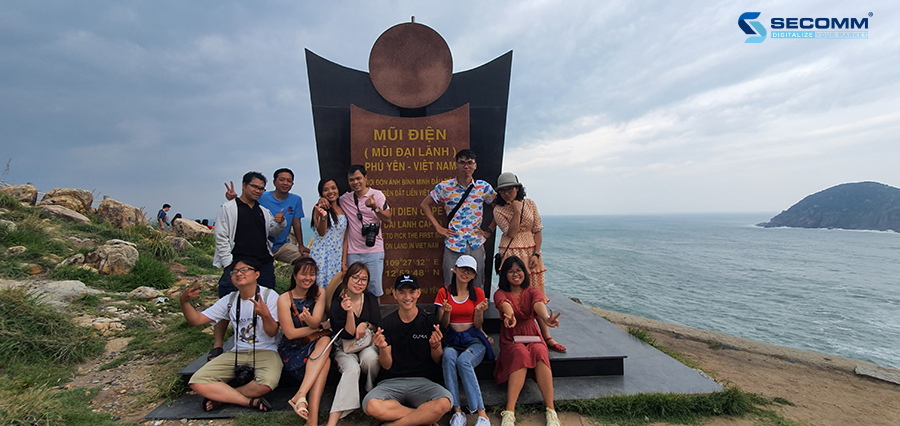

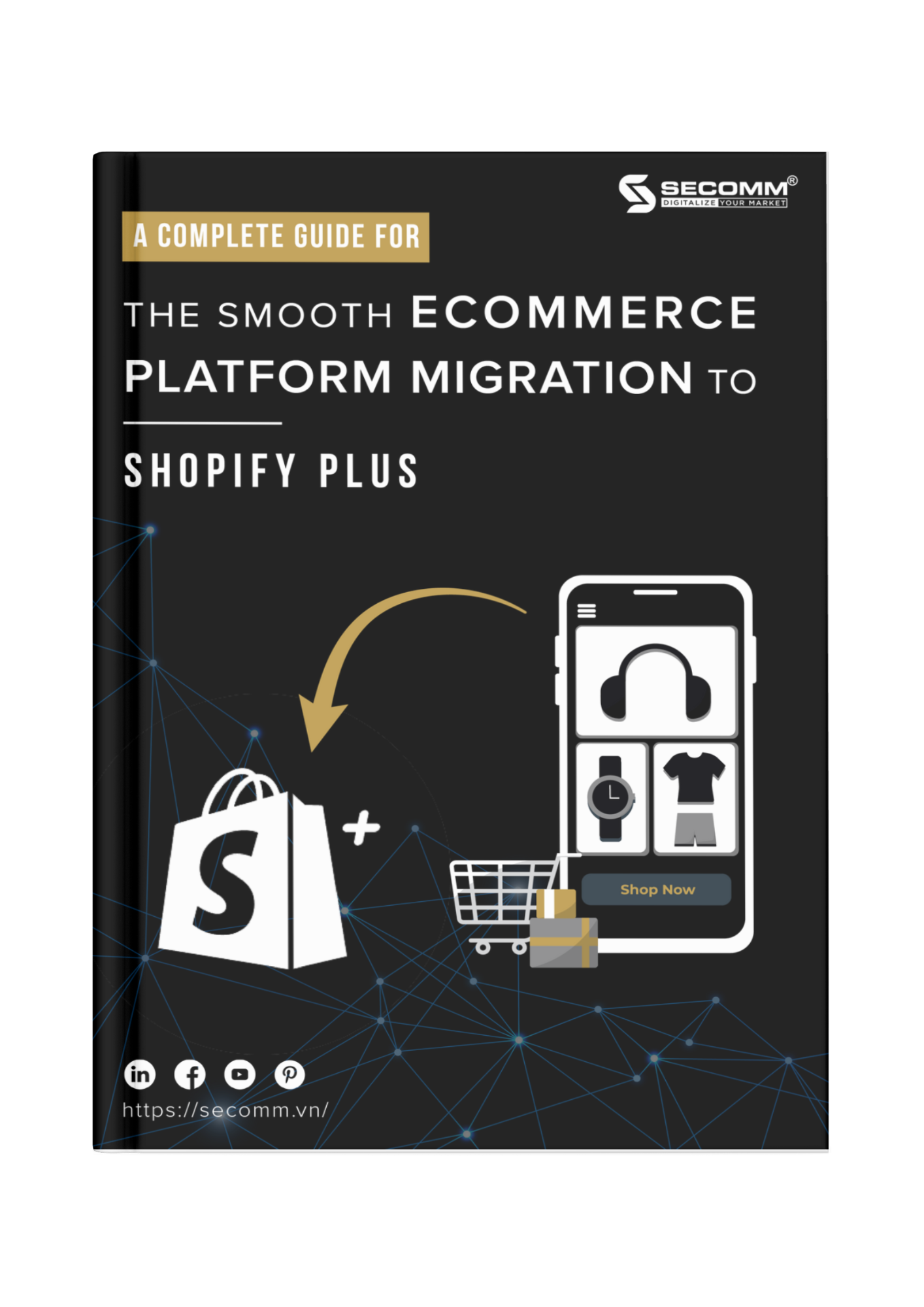



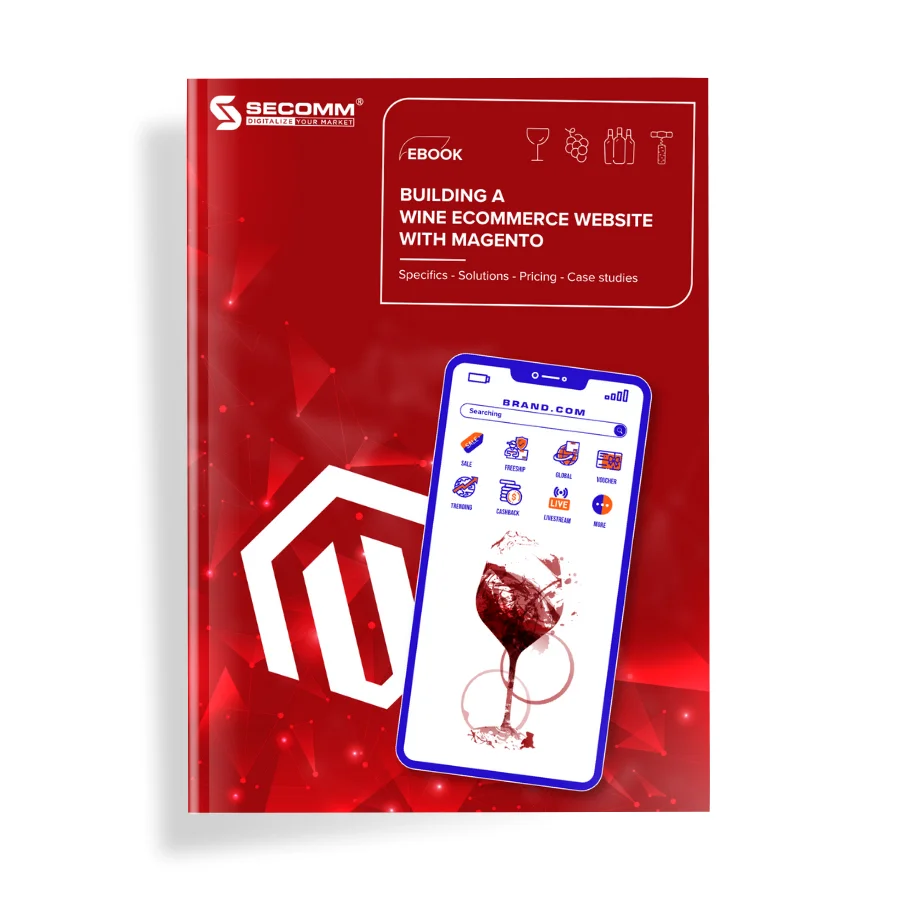
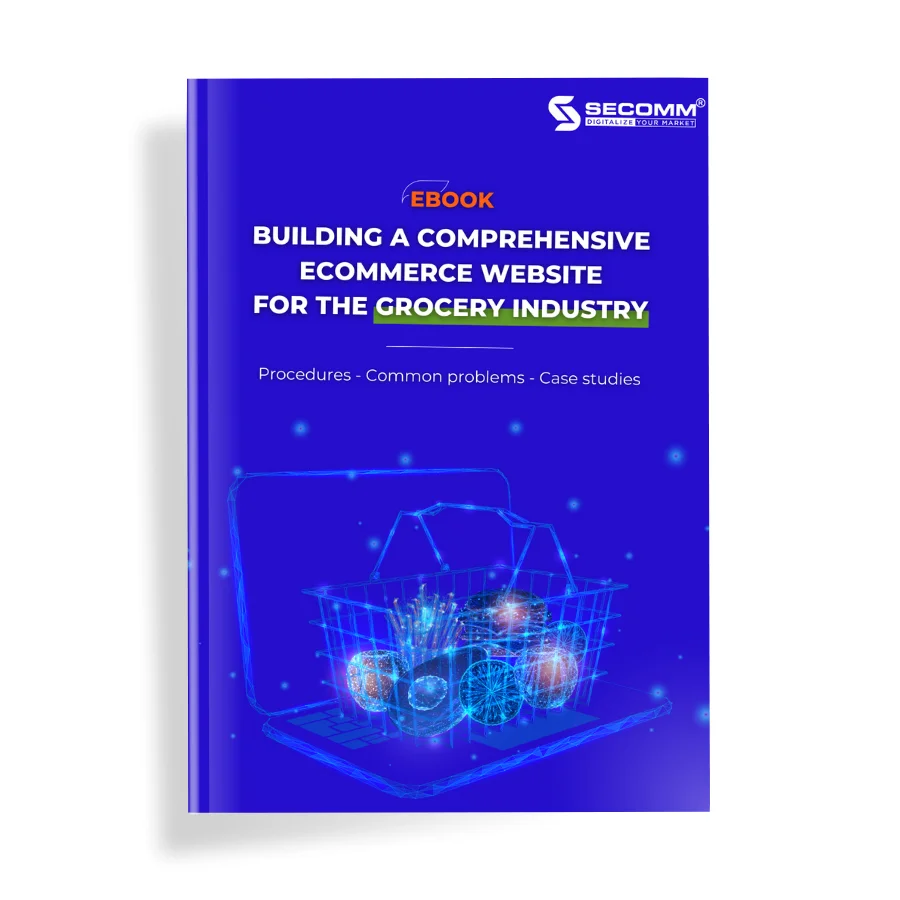
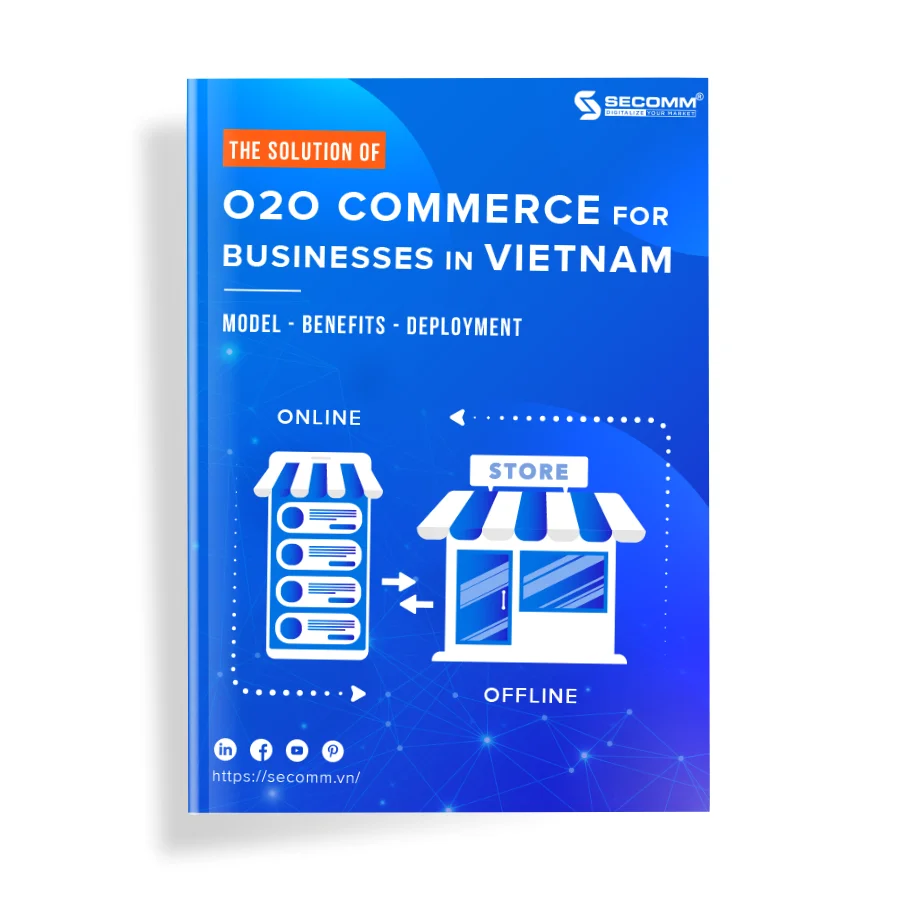
Comment (0)